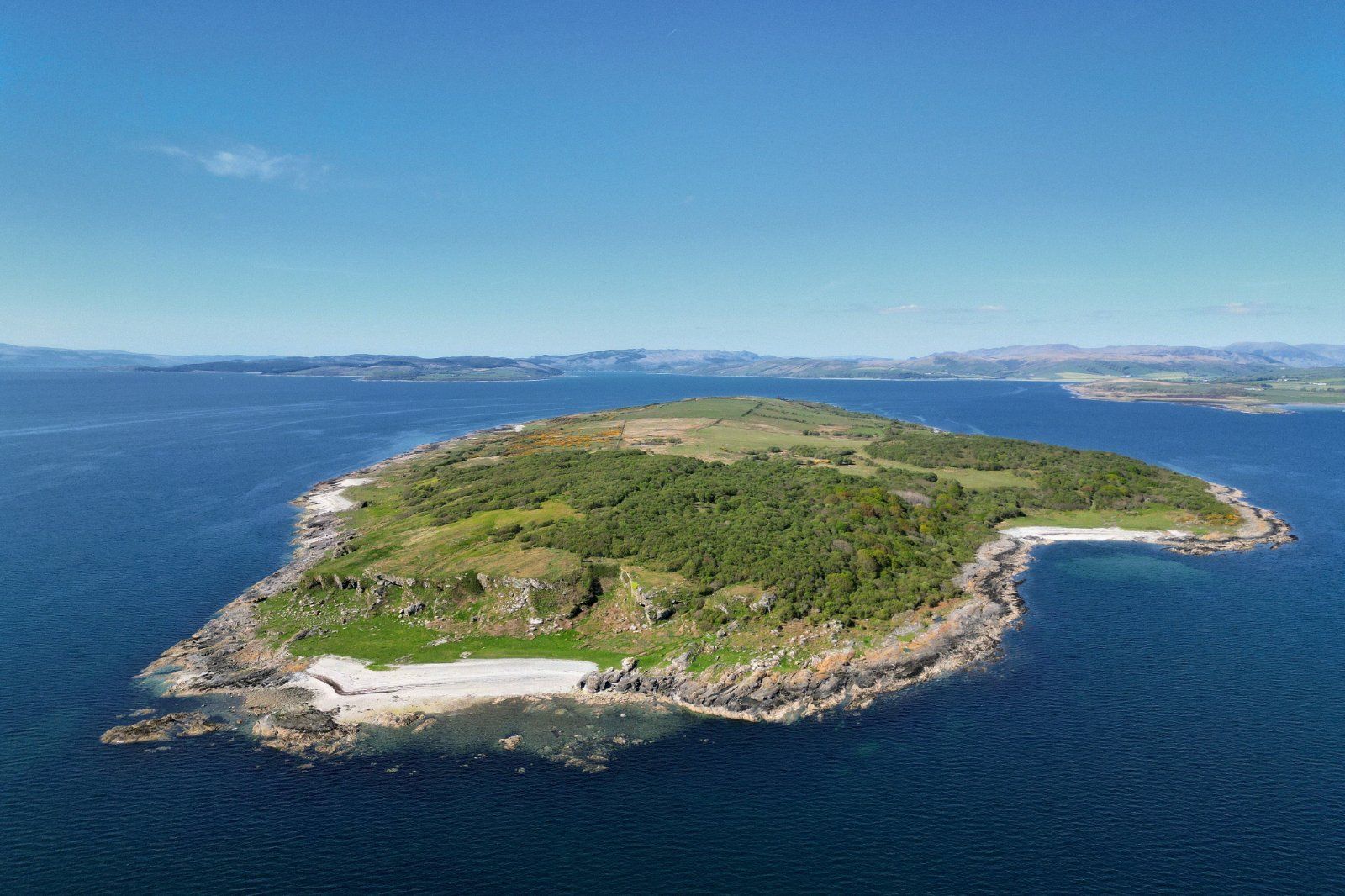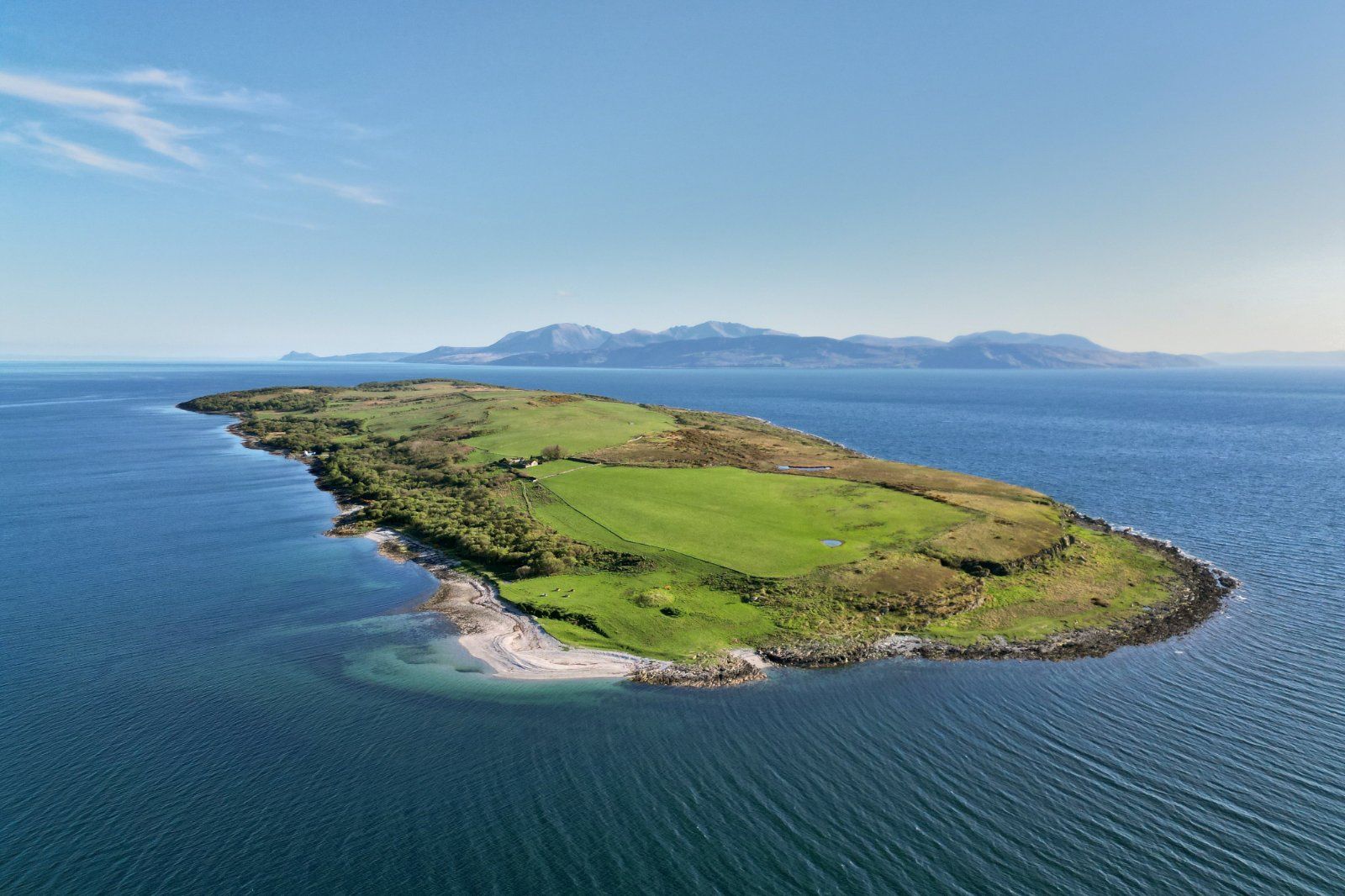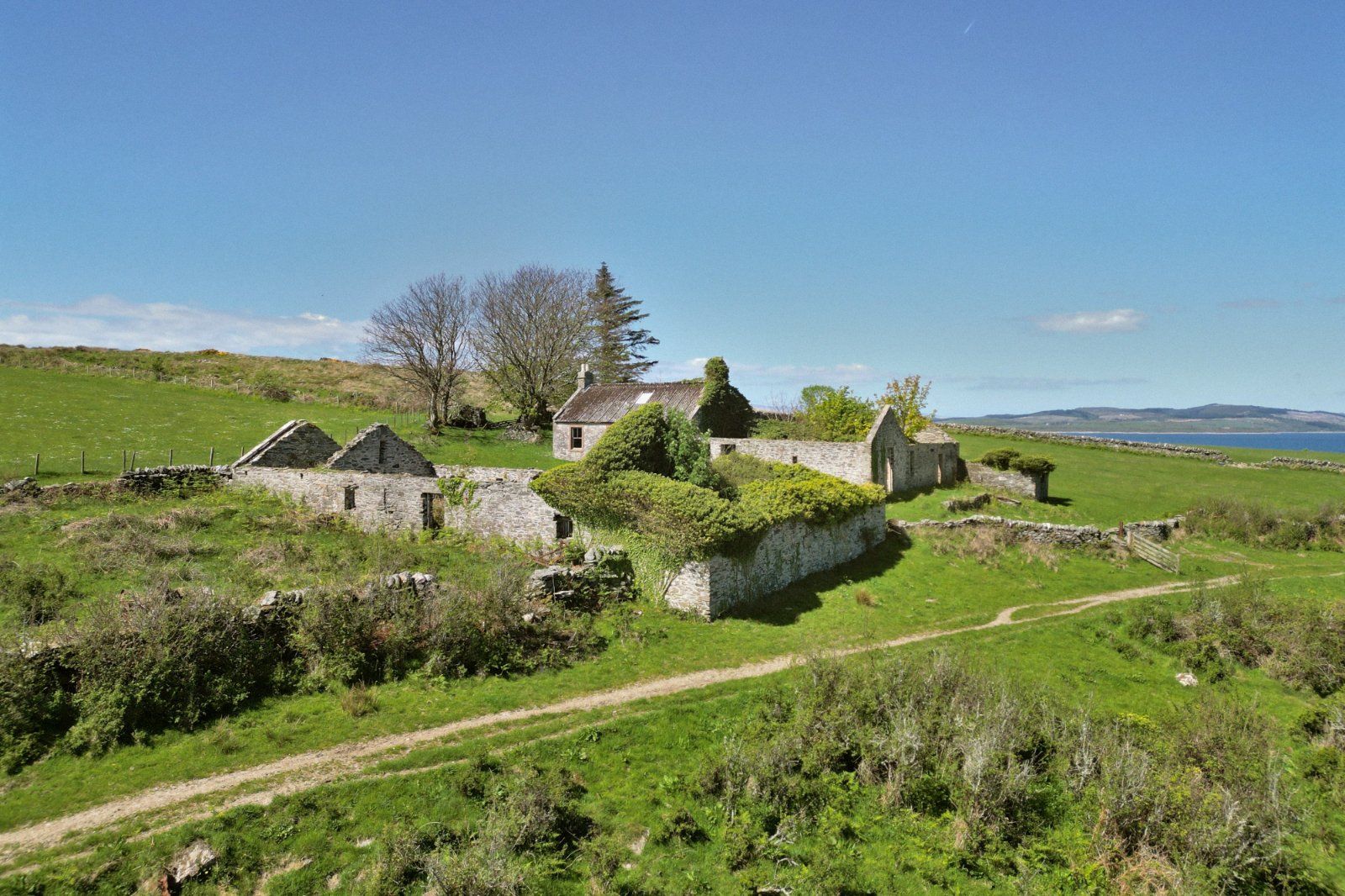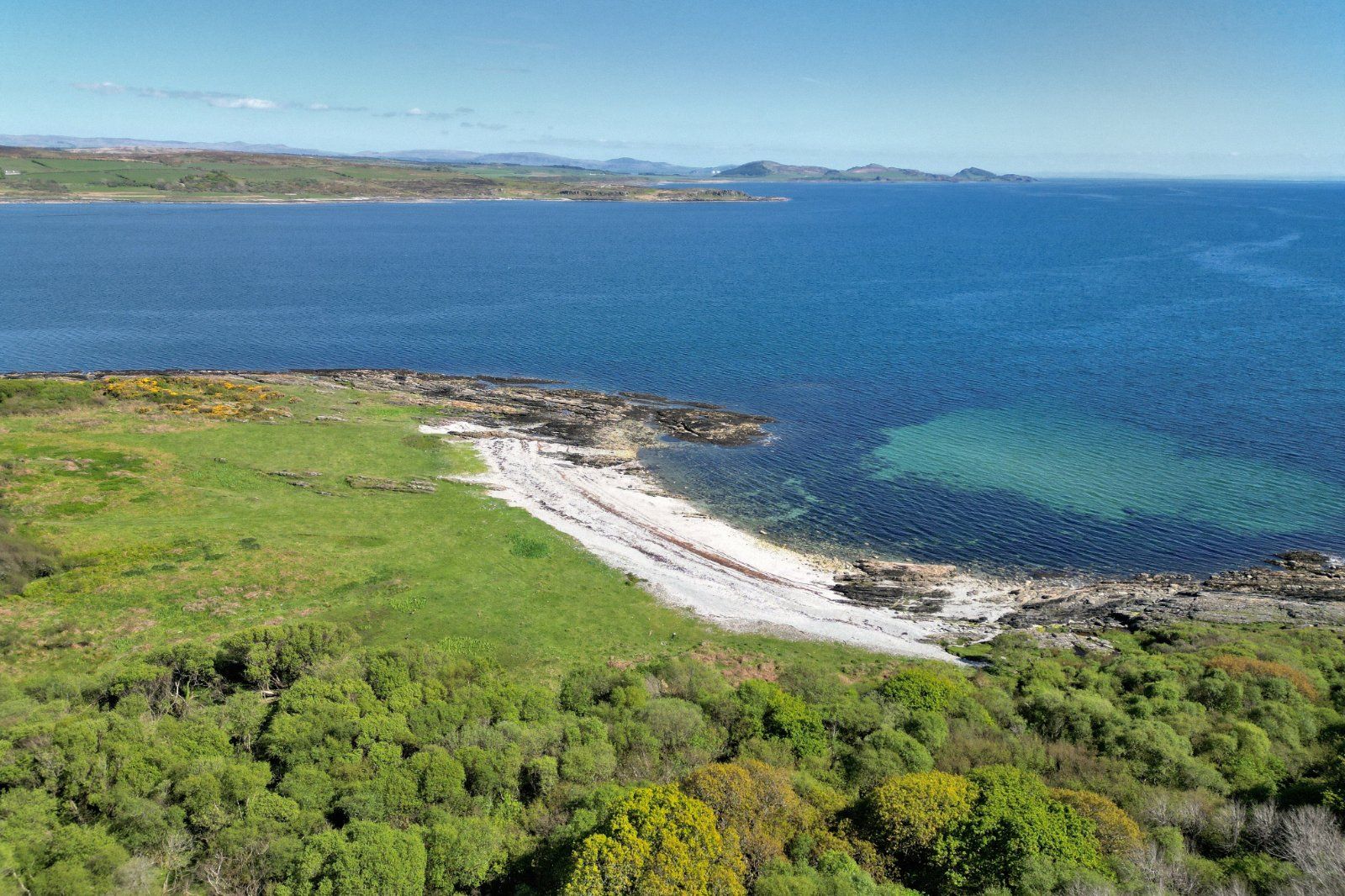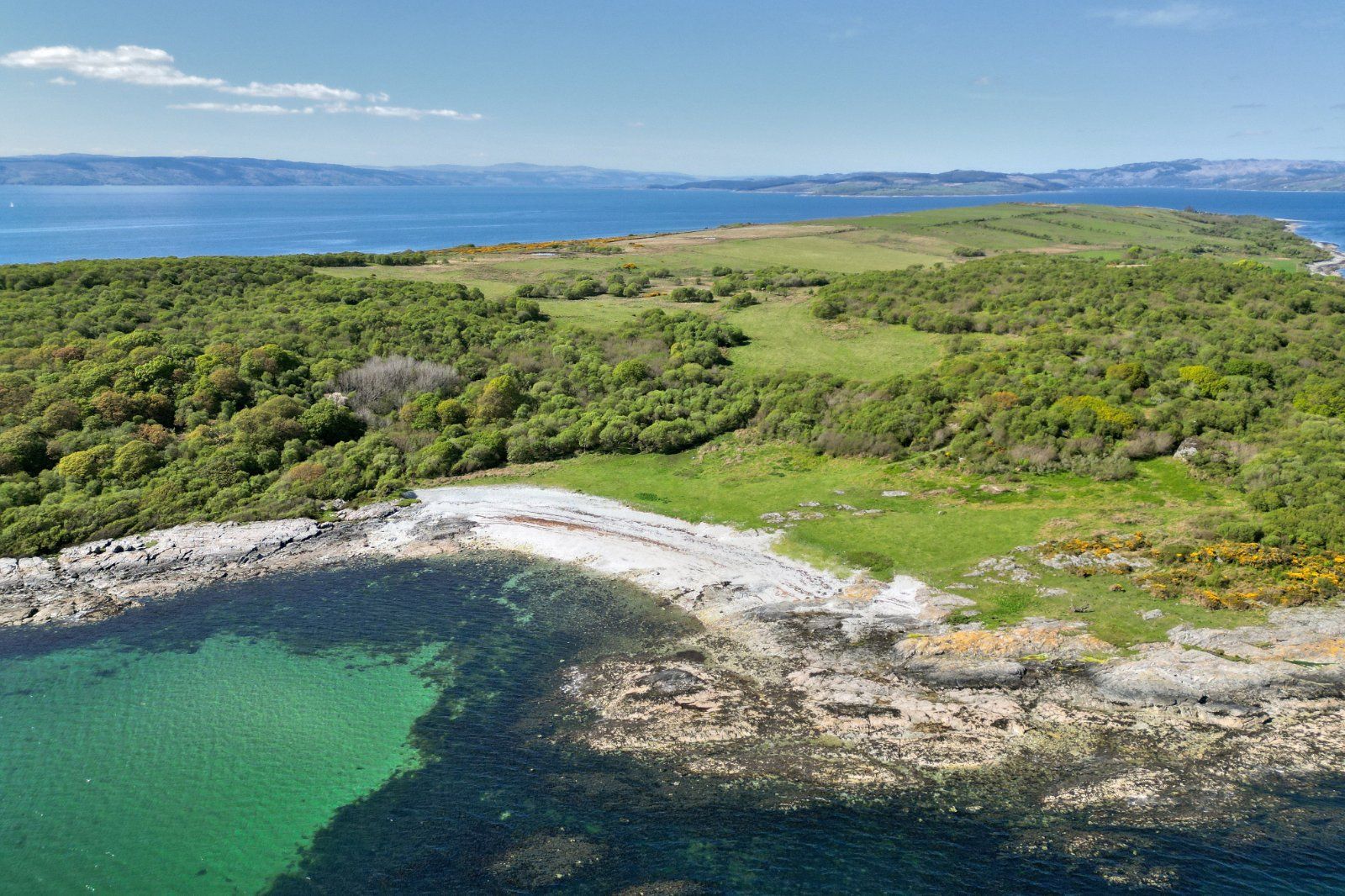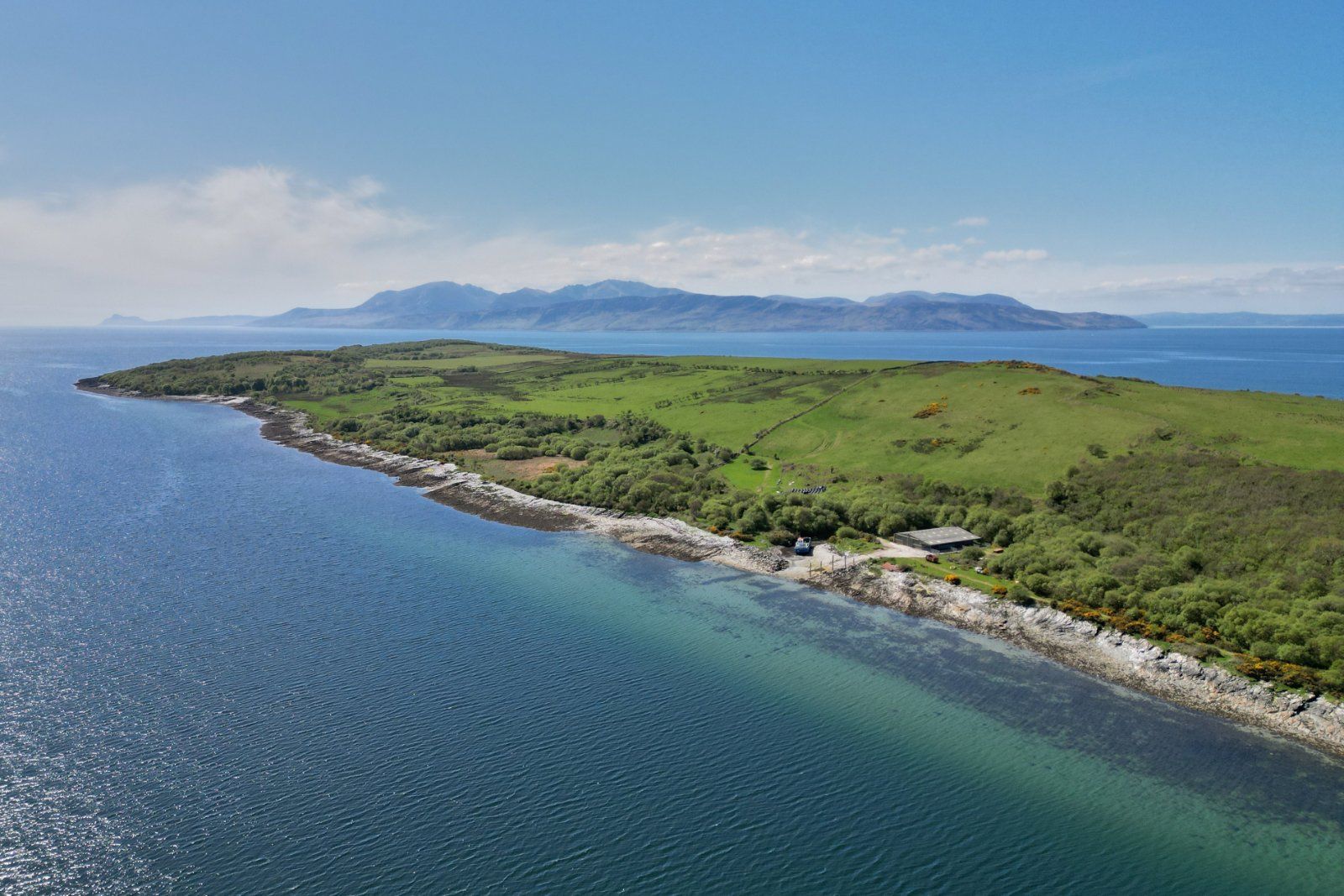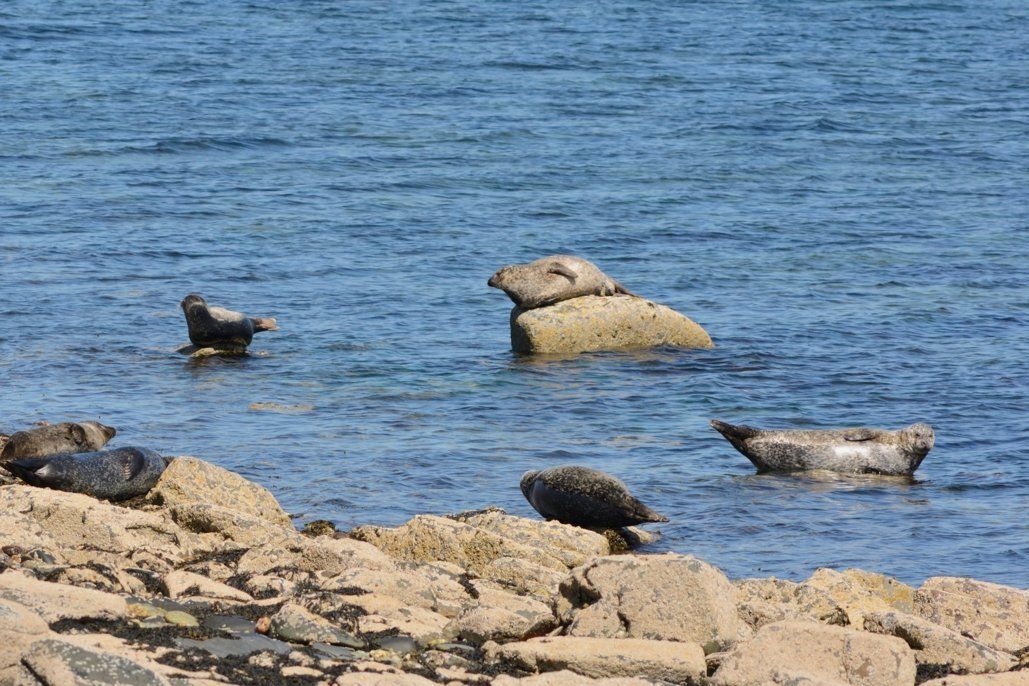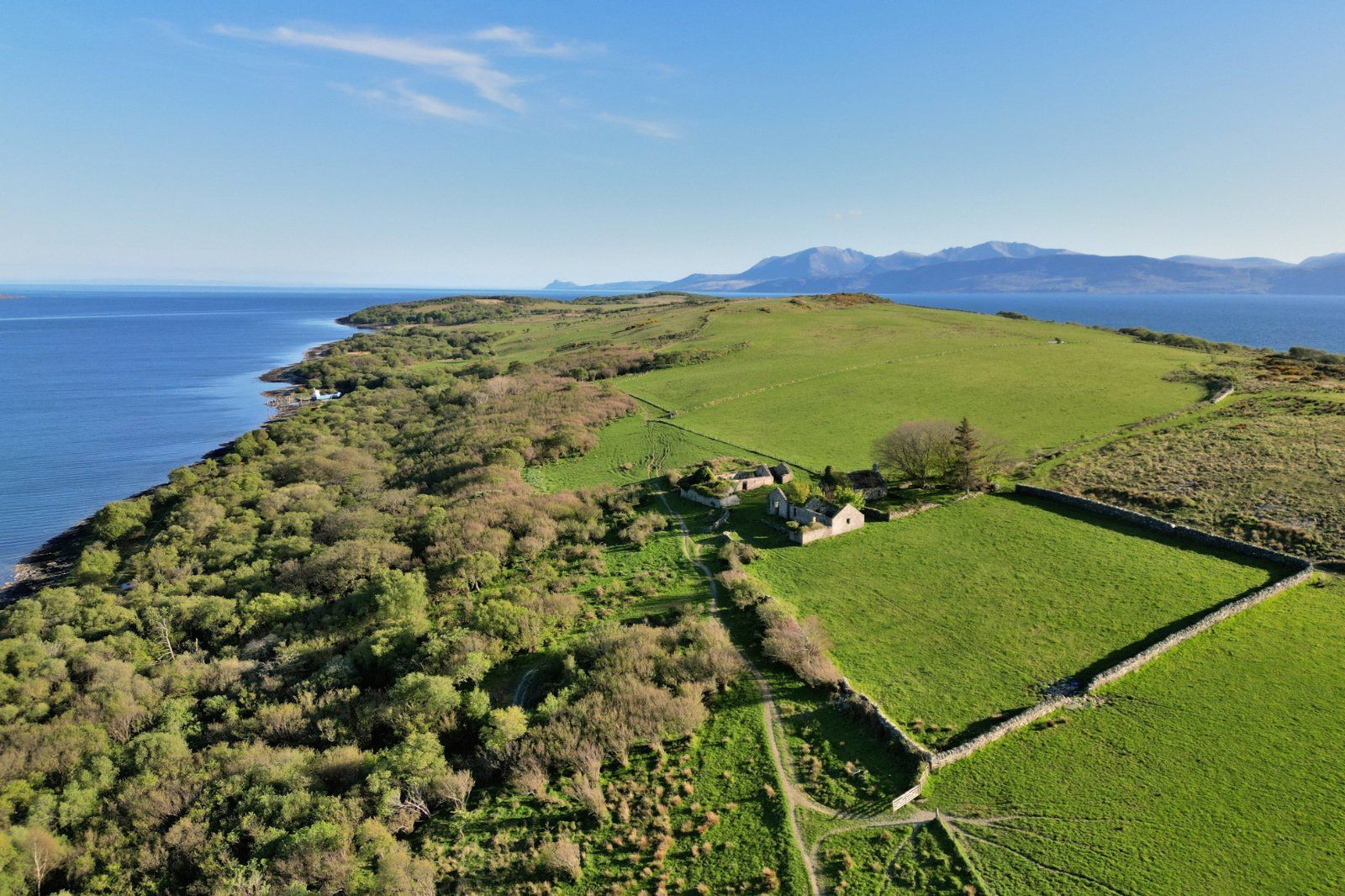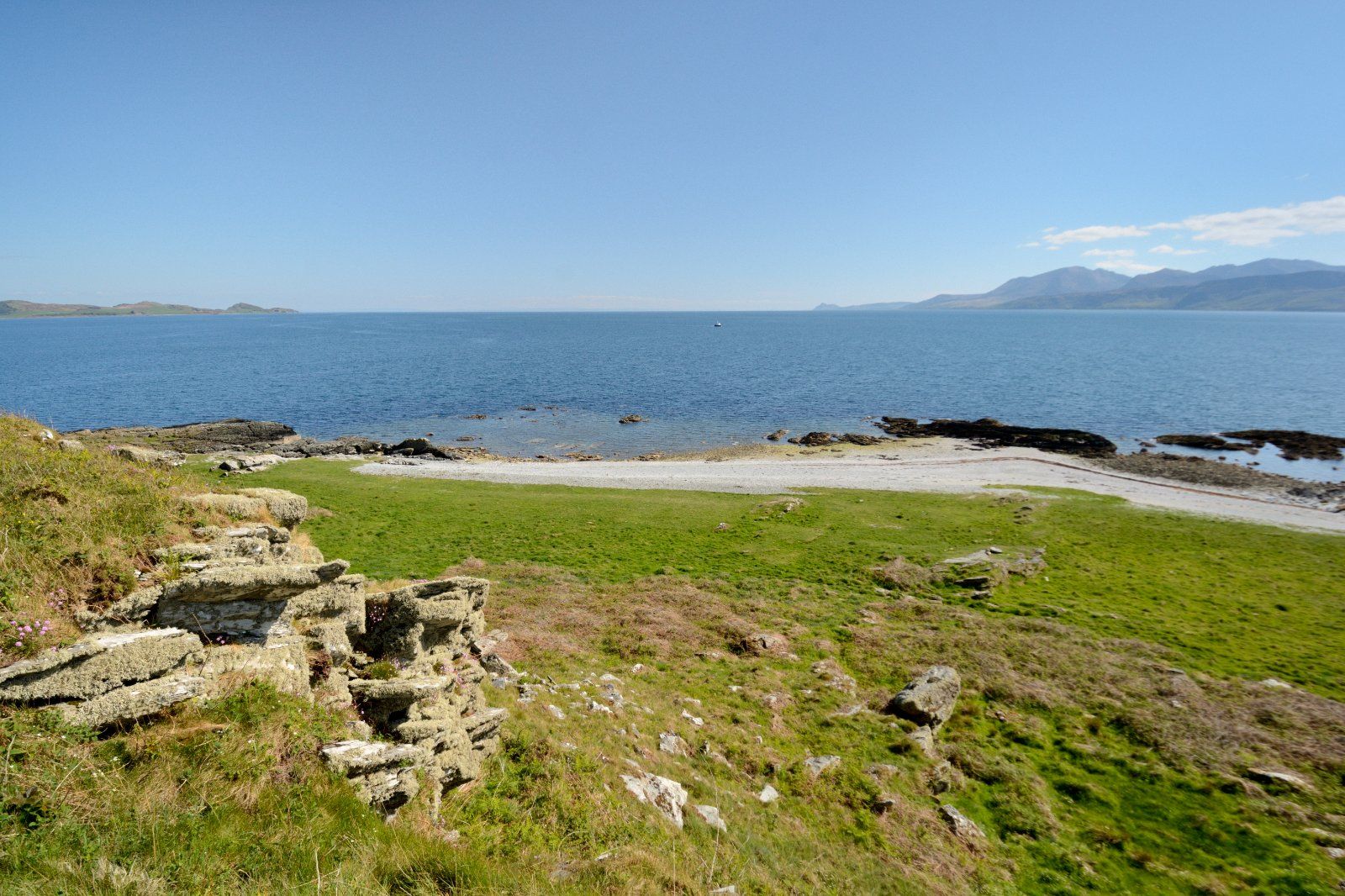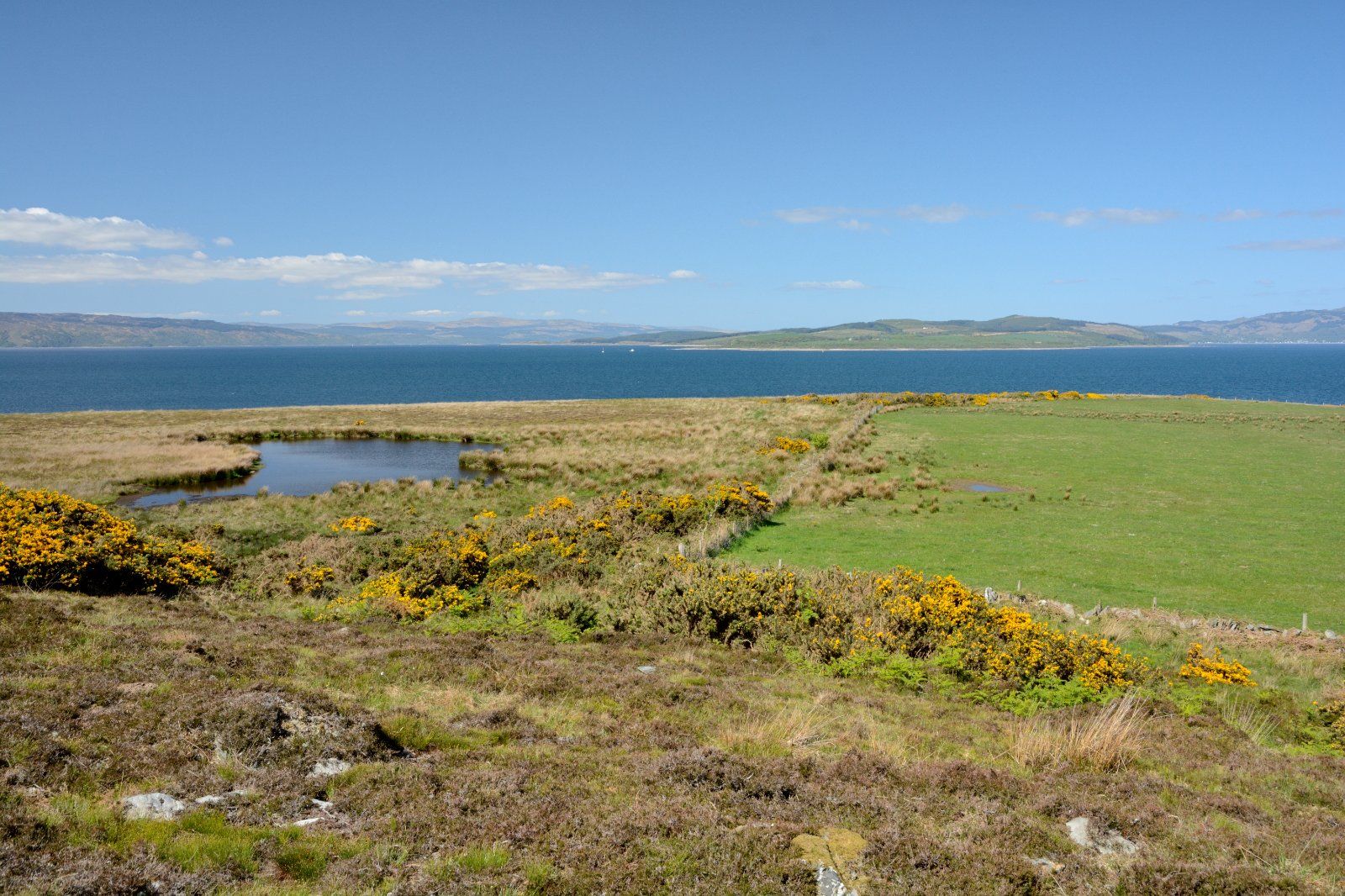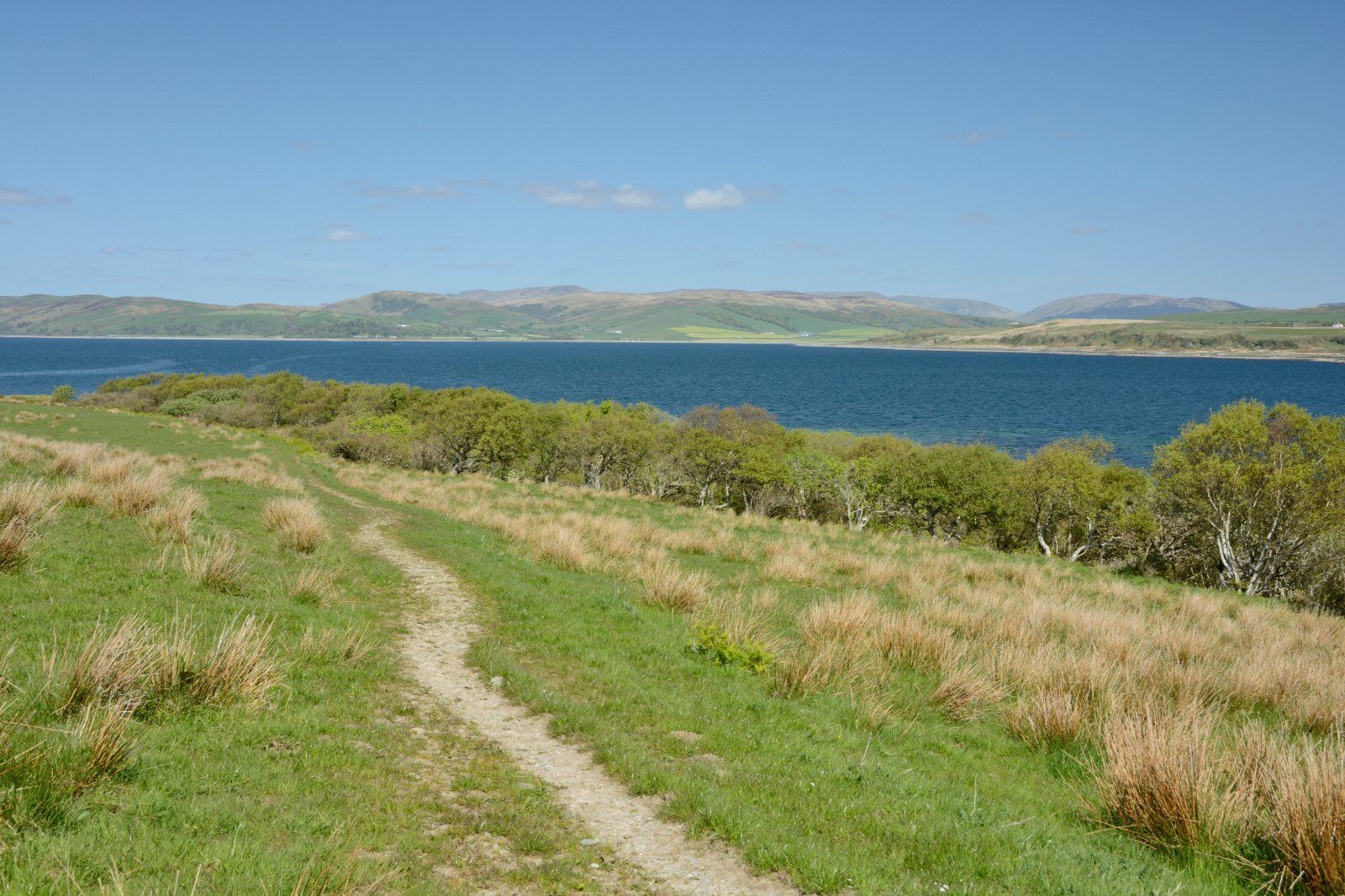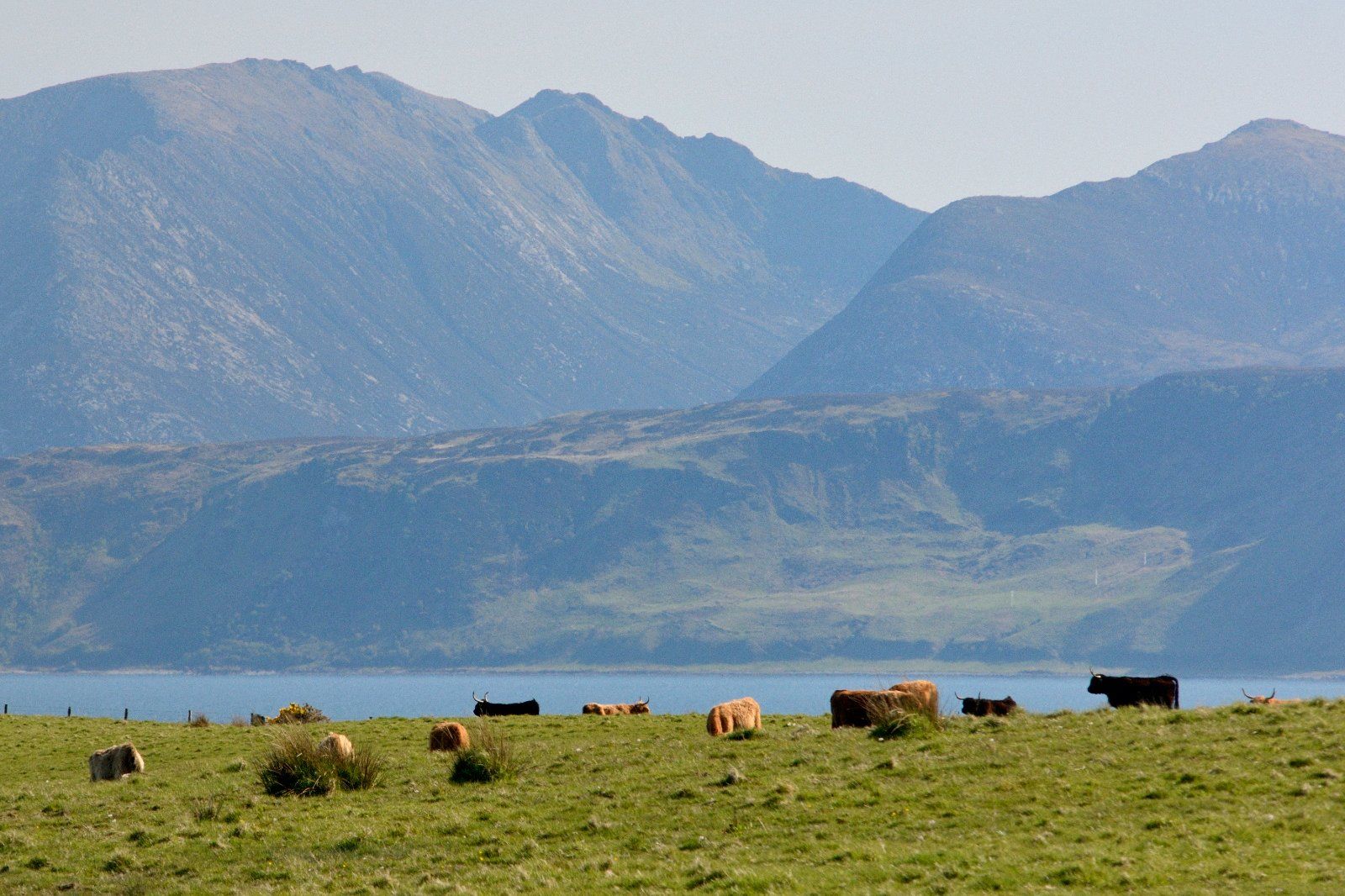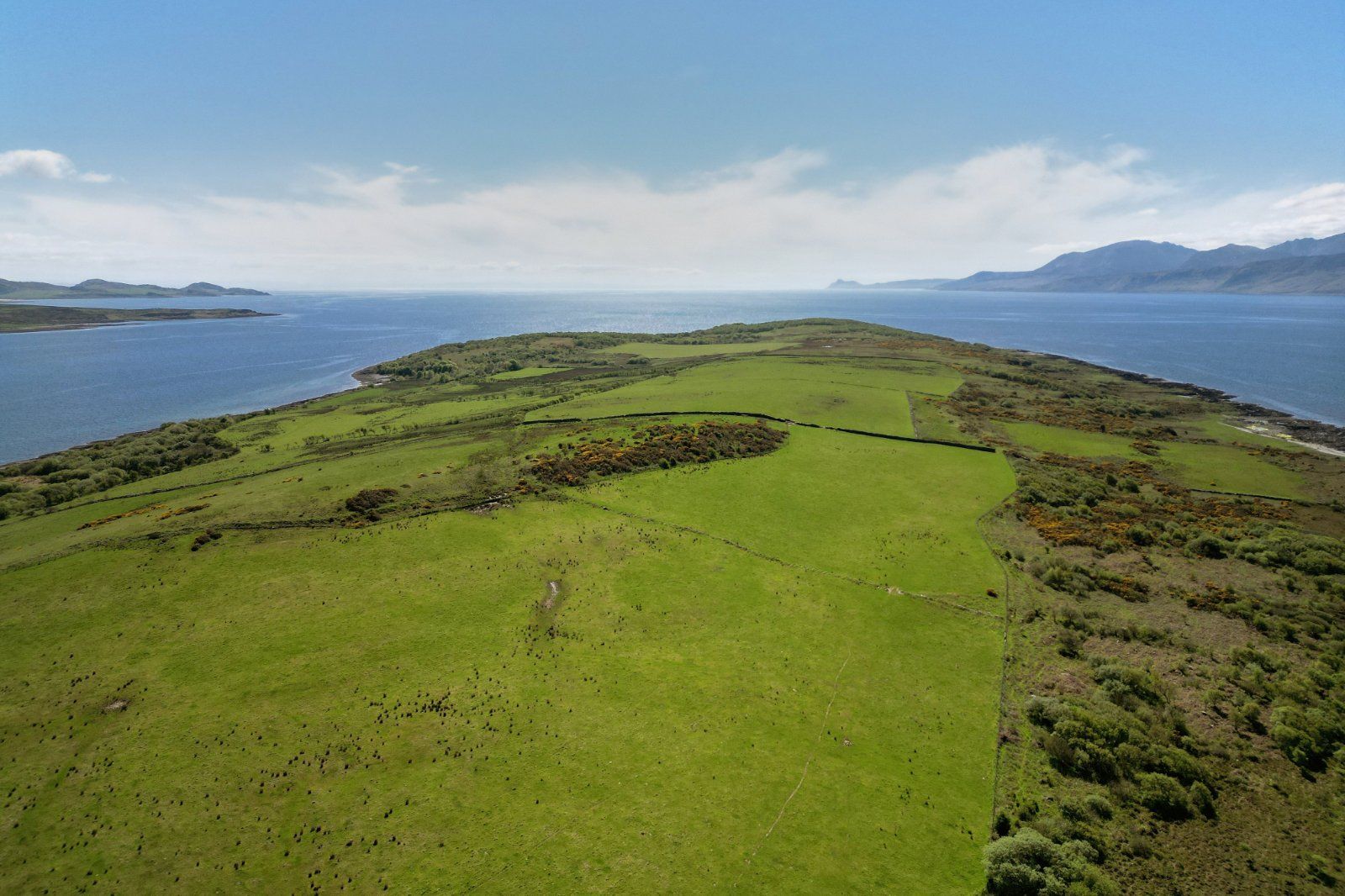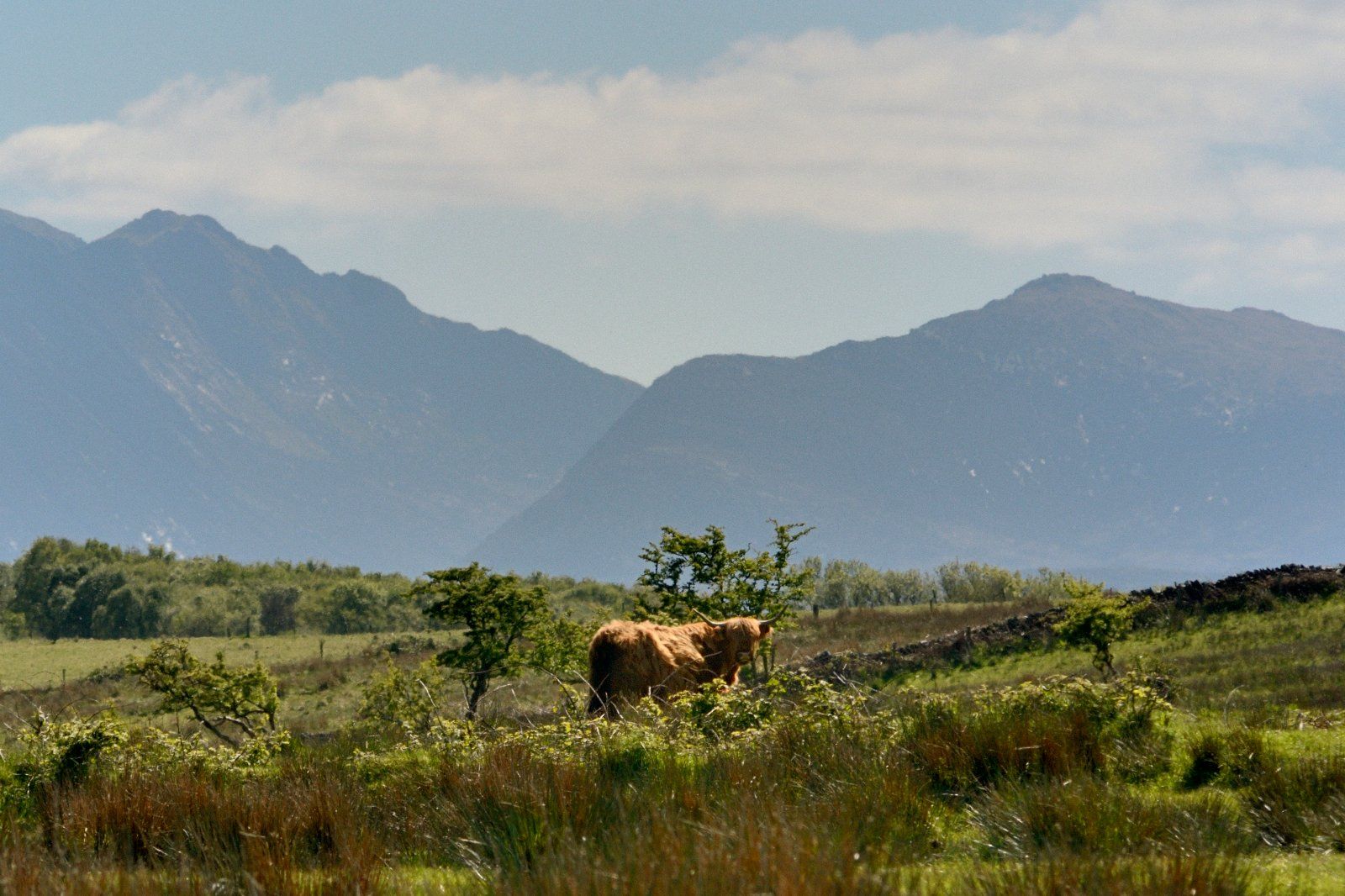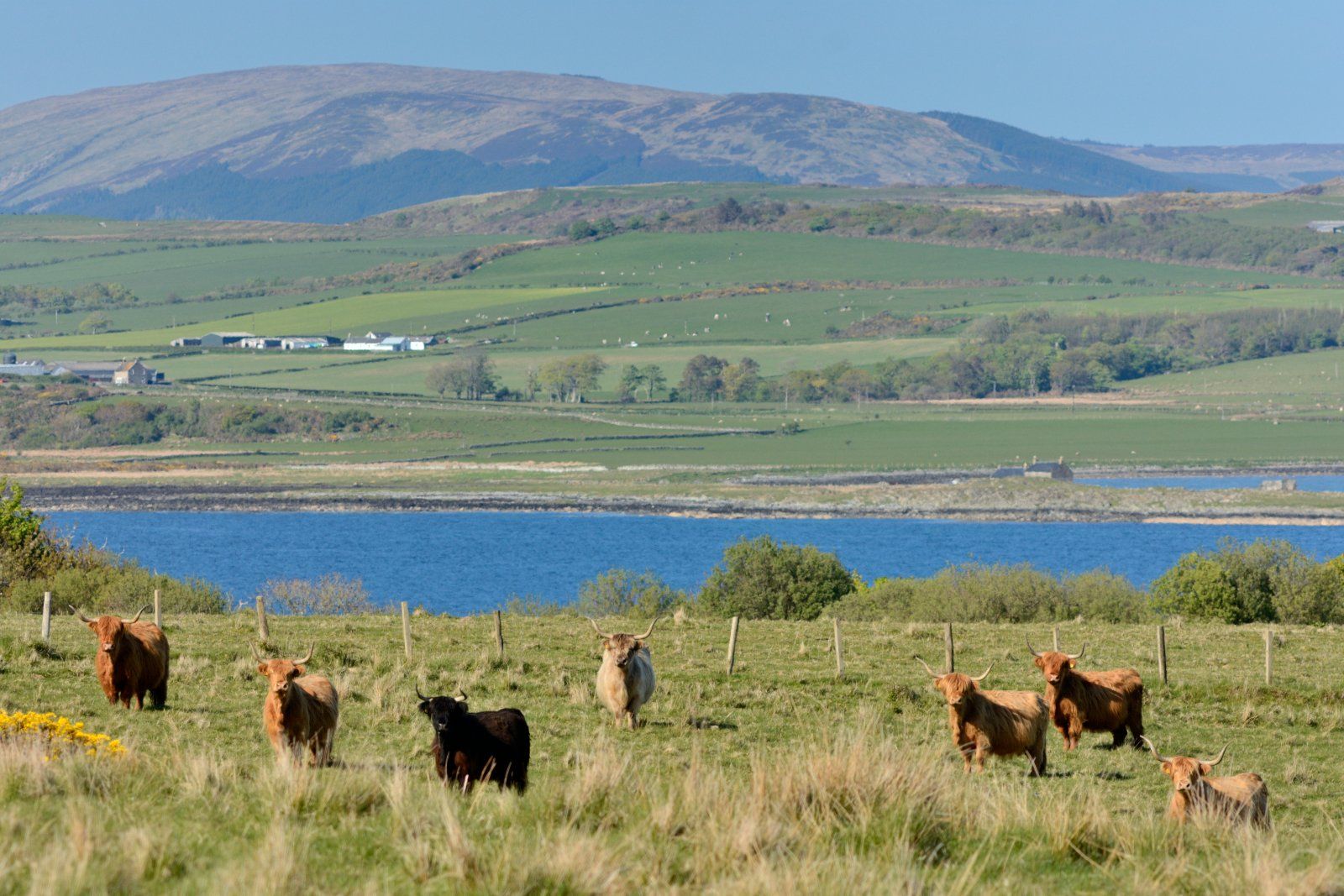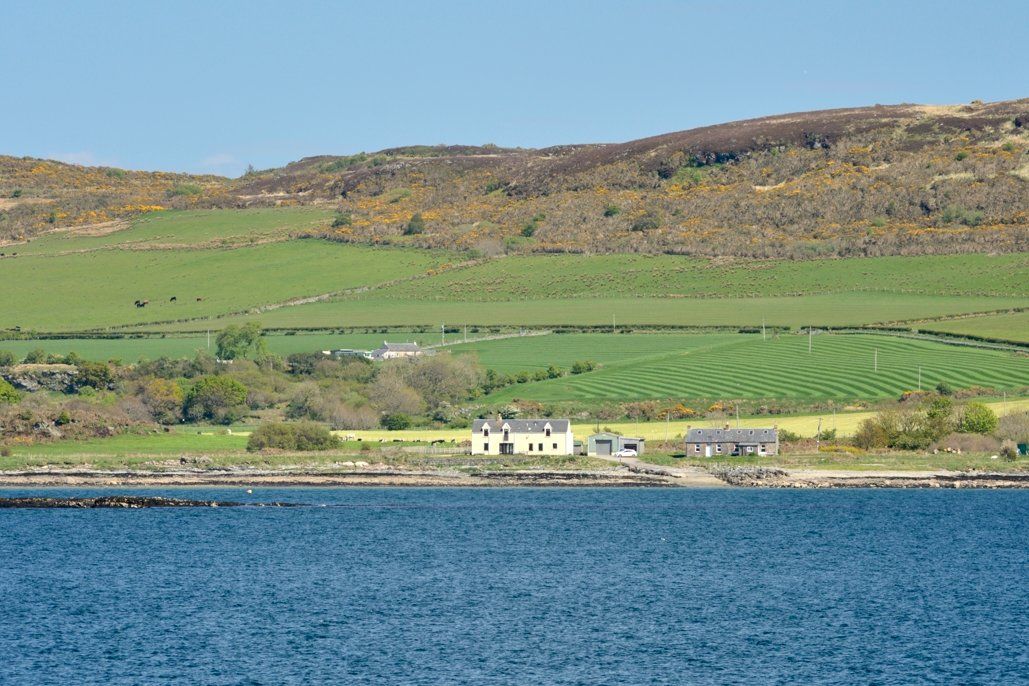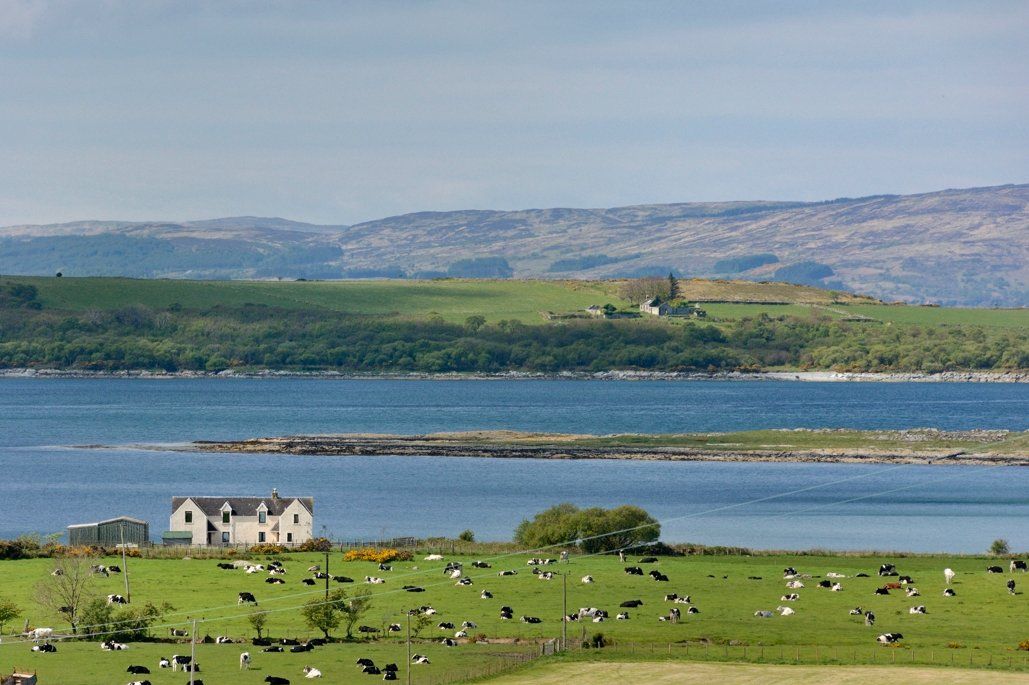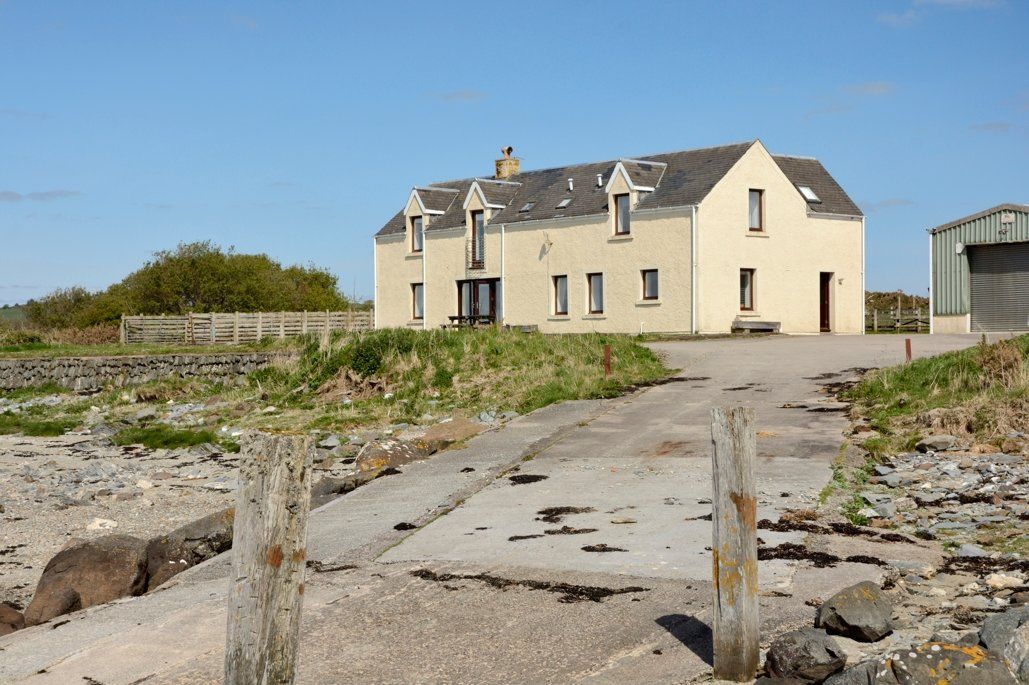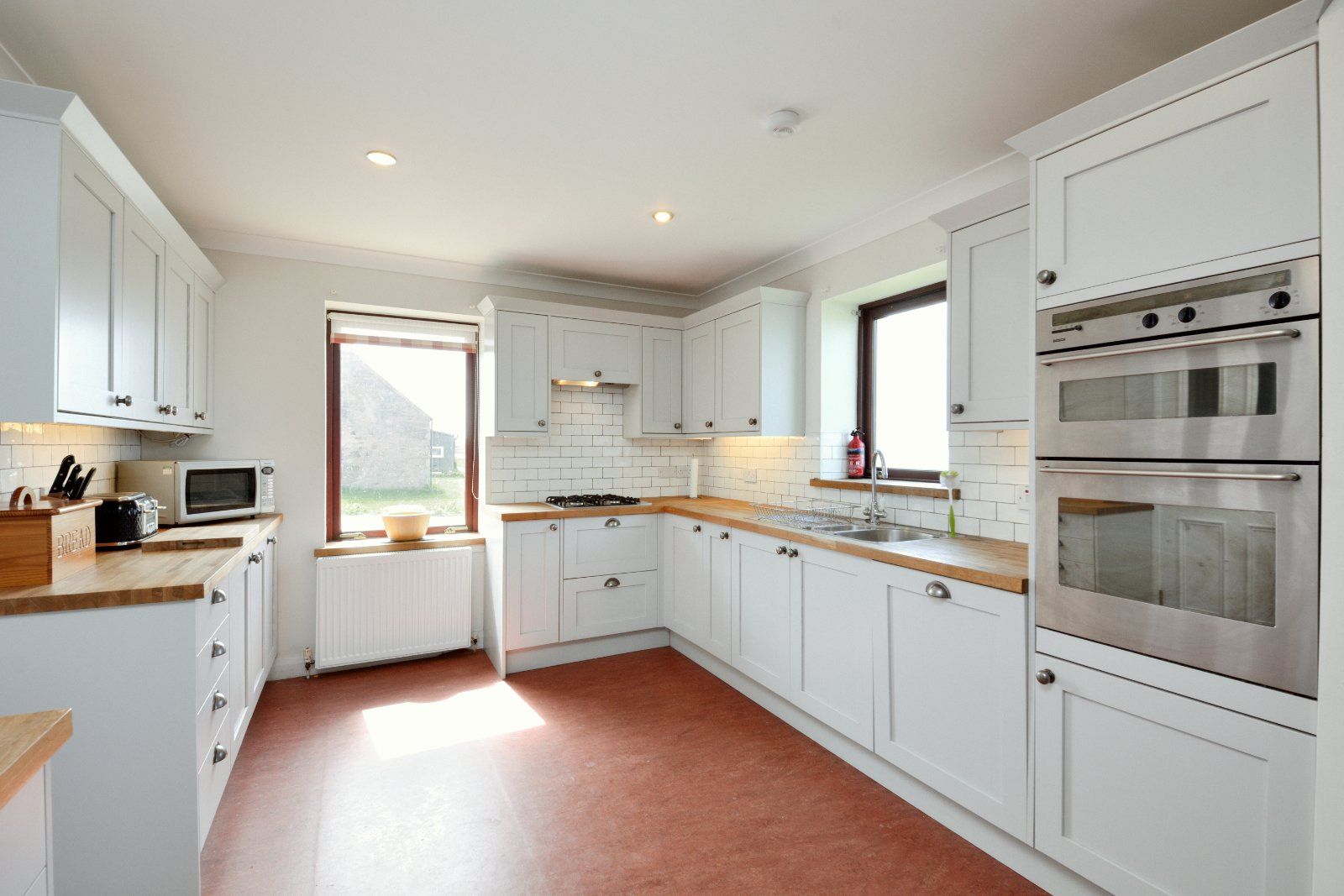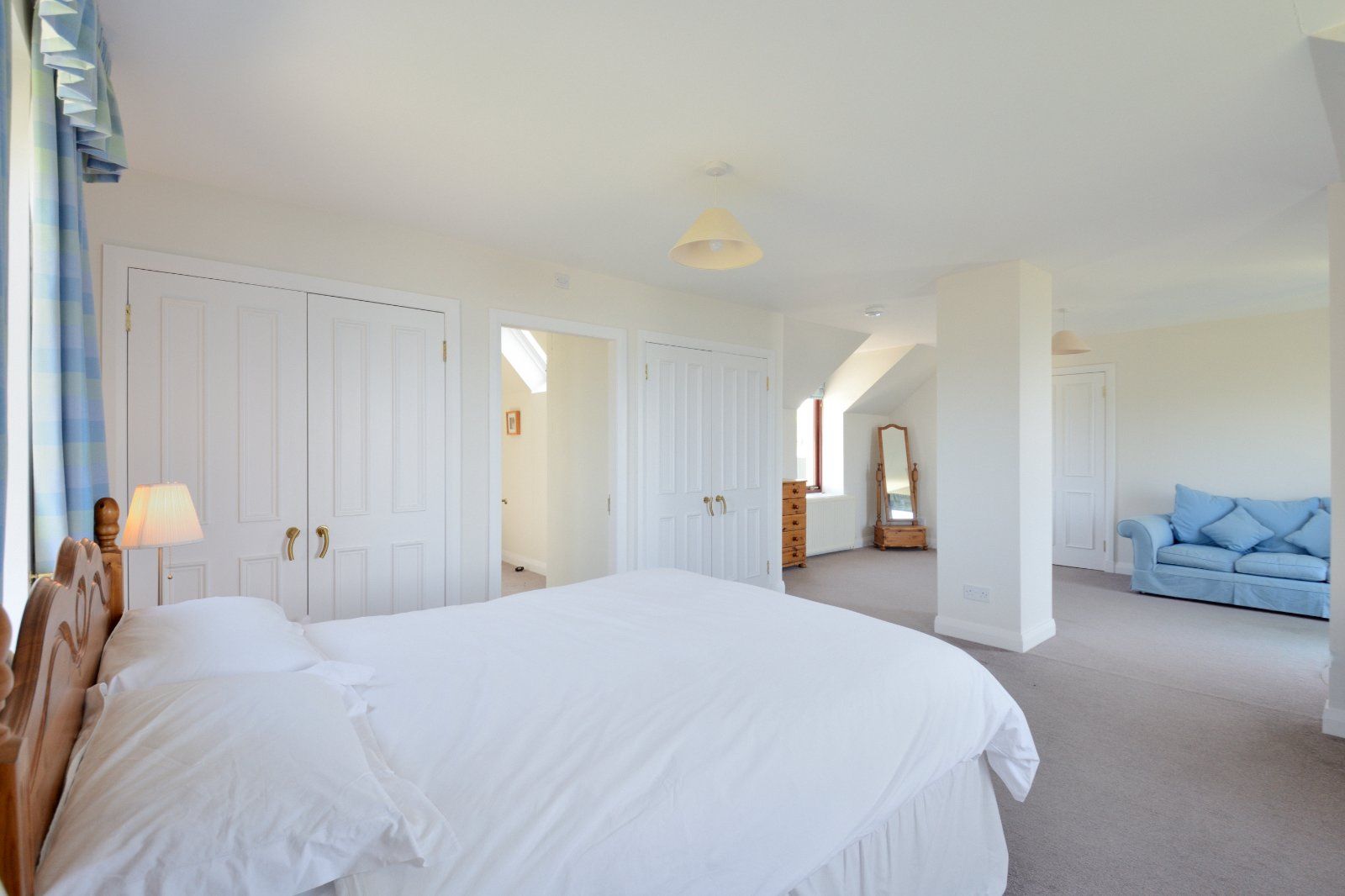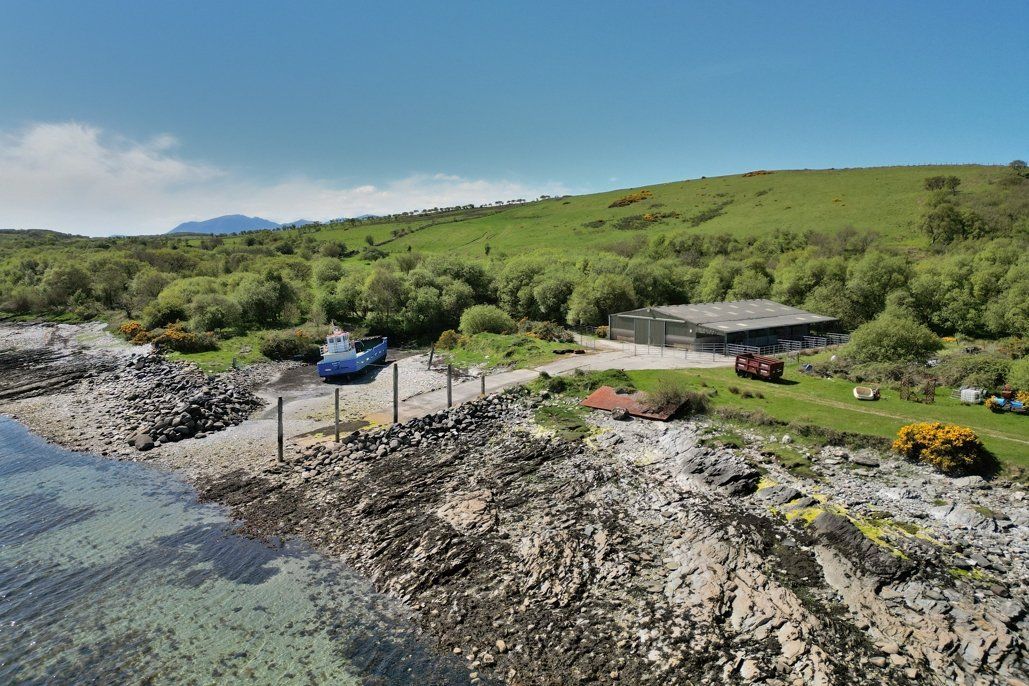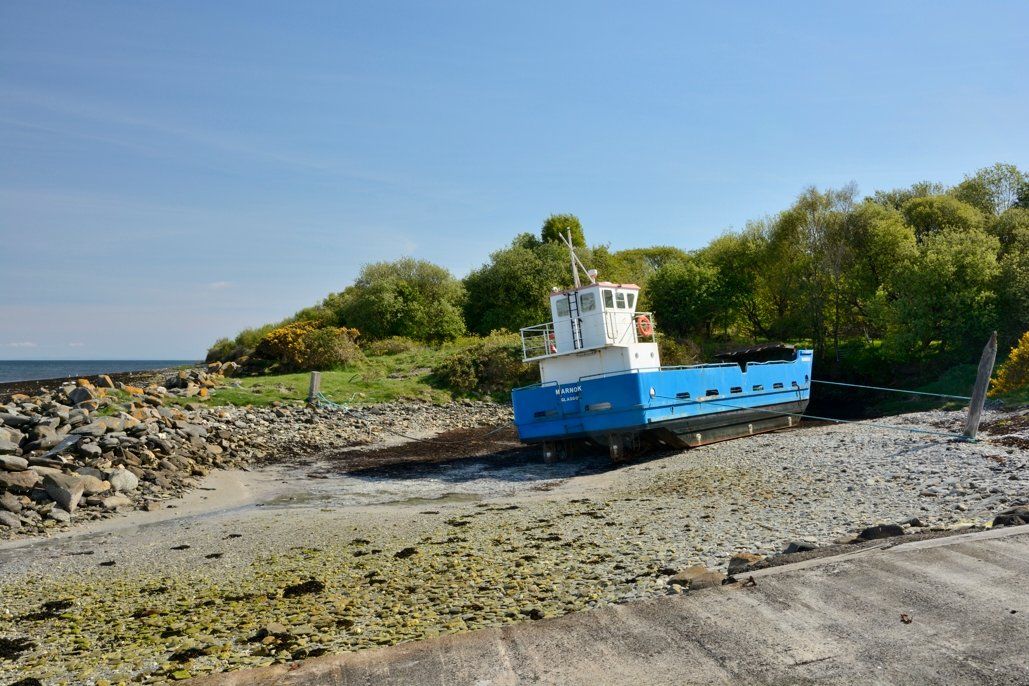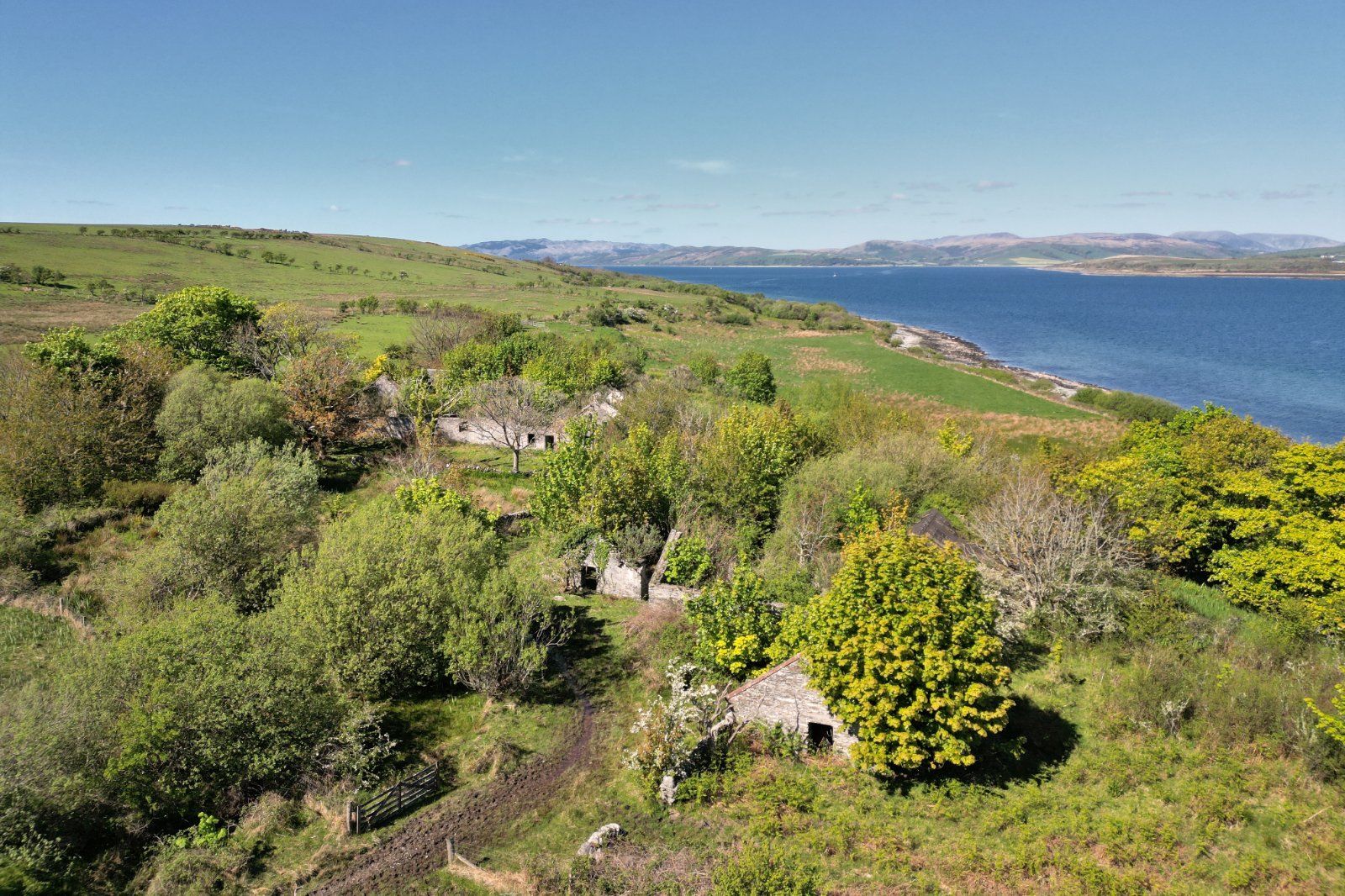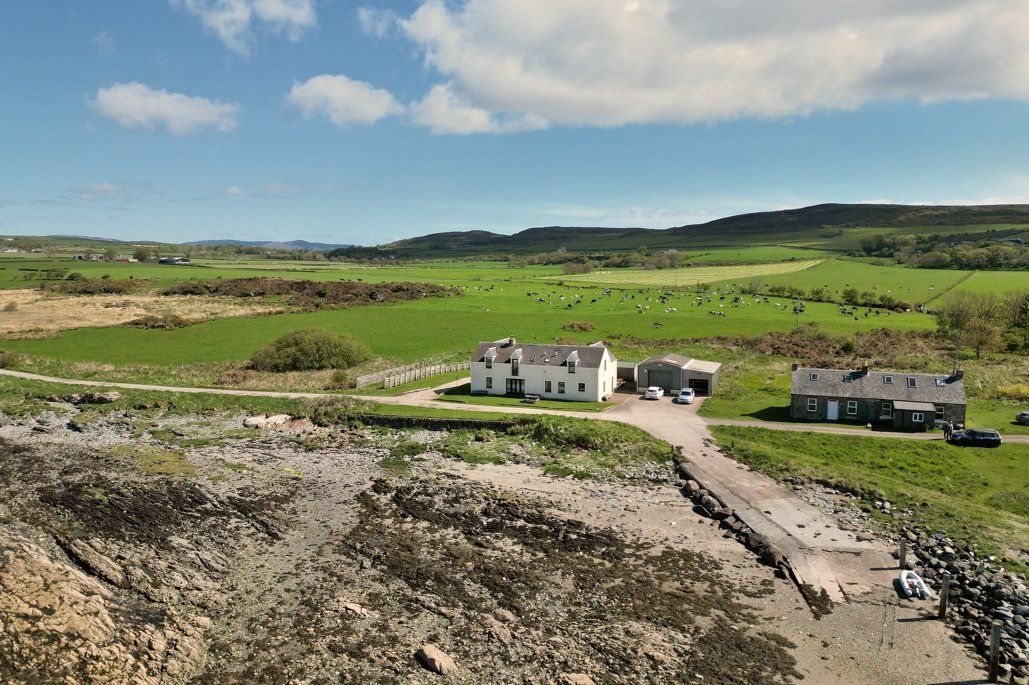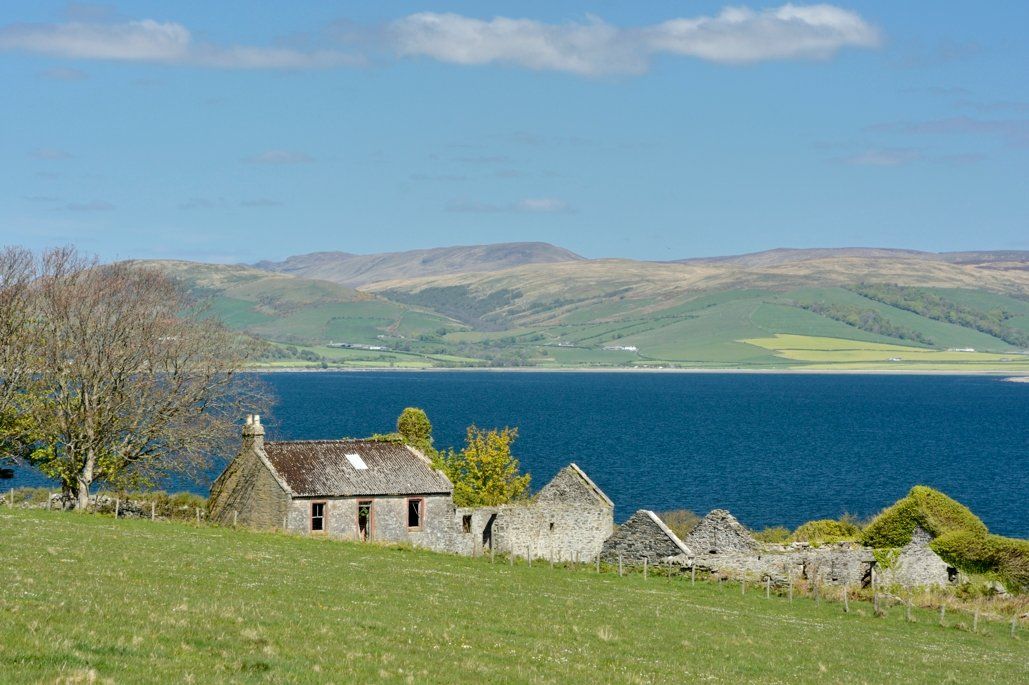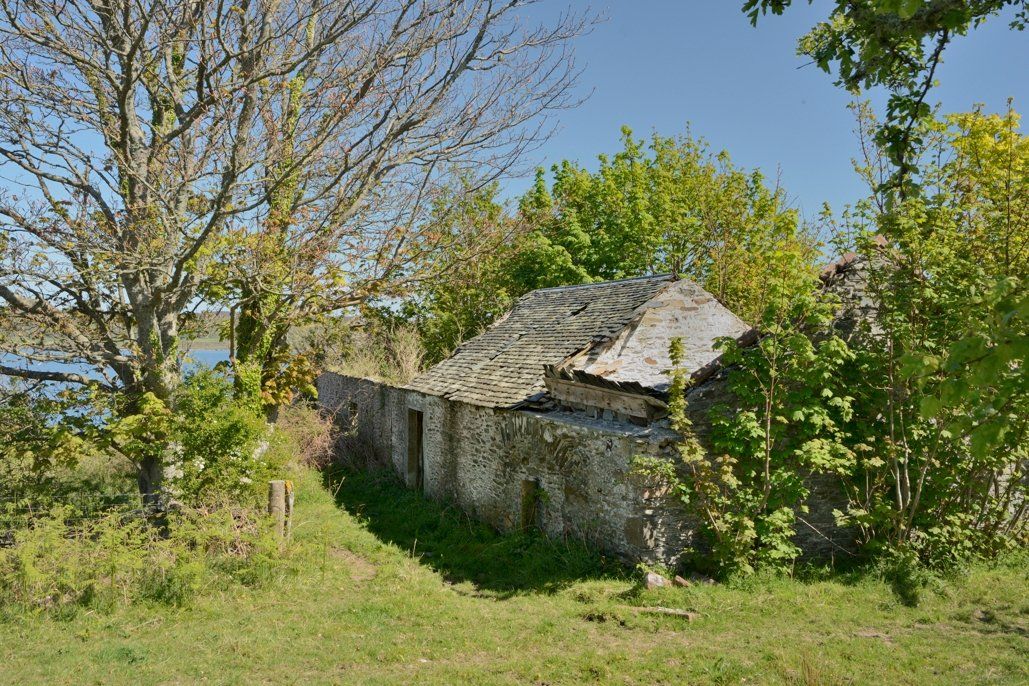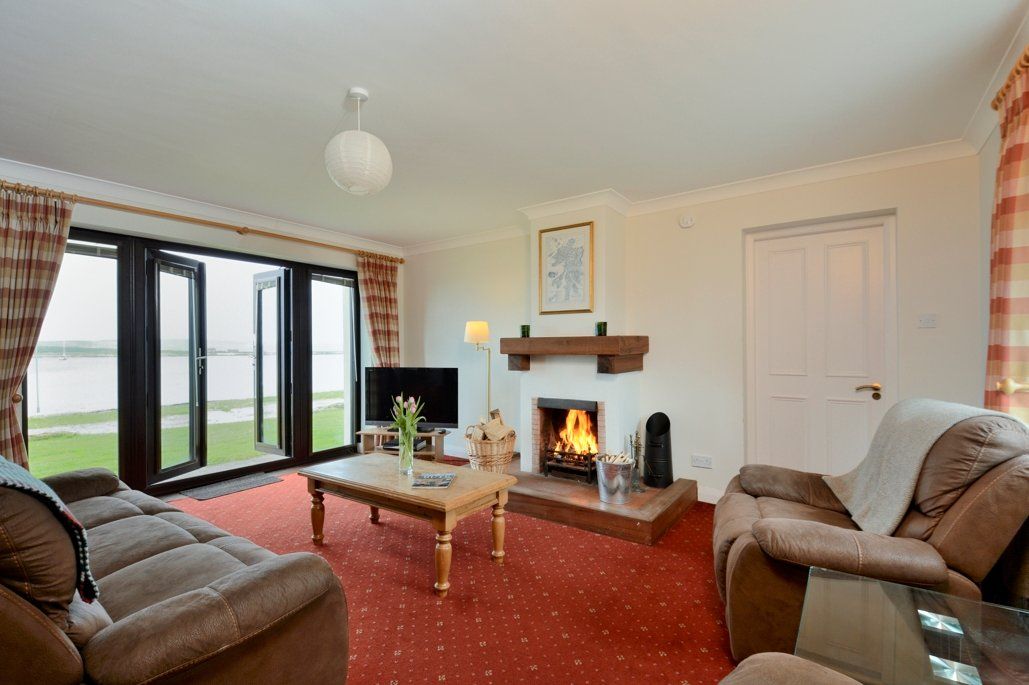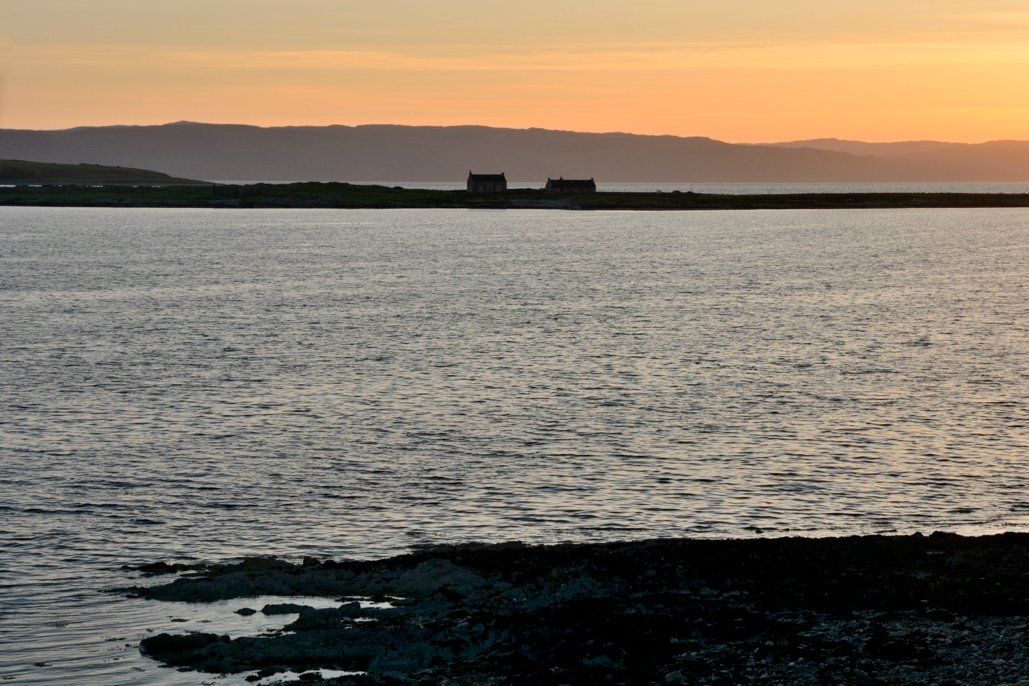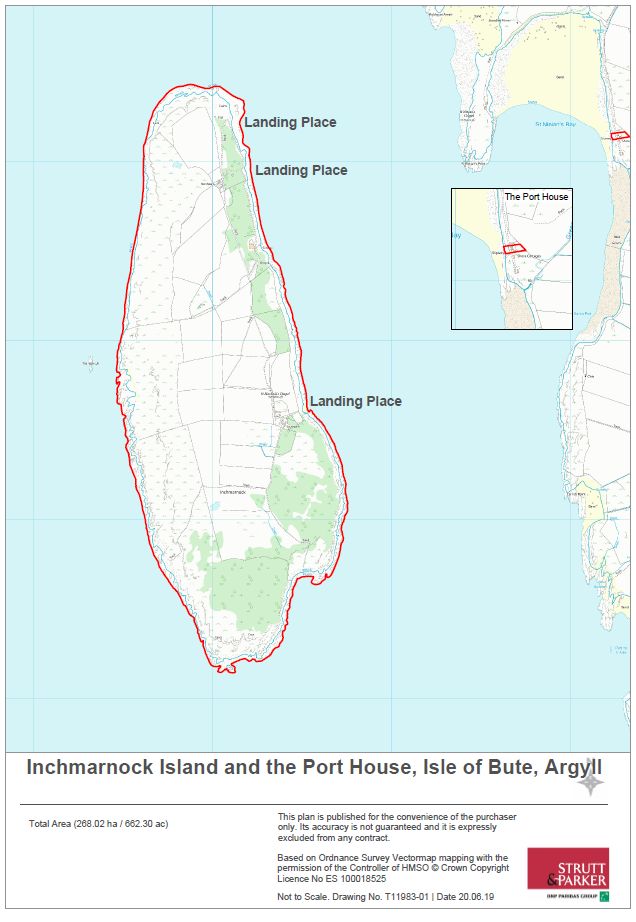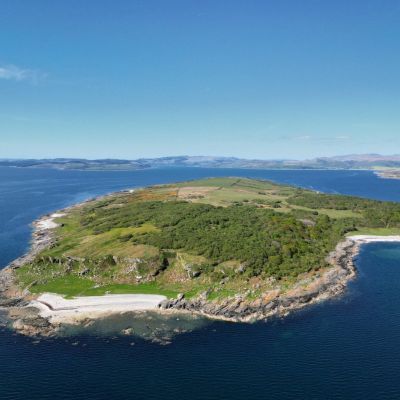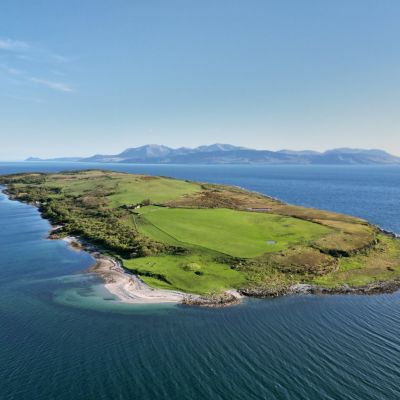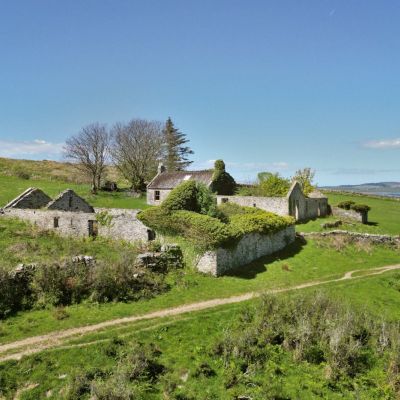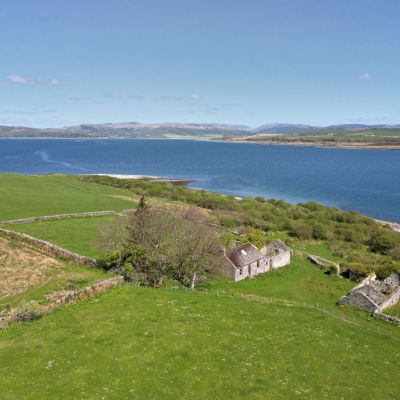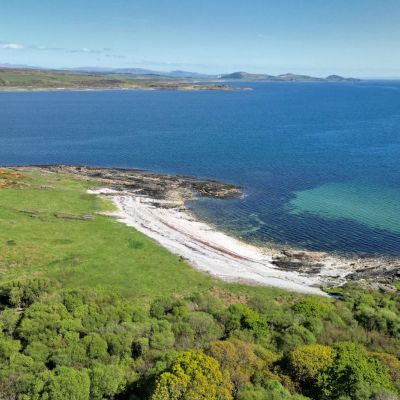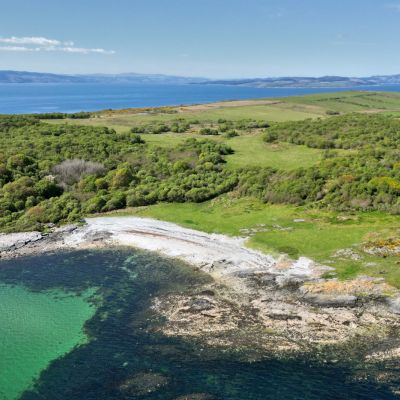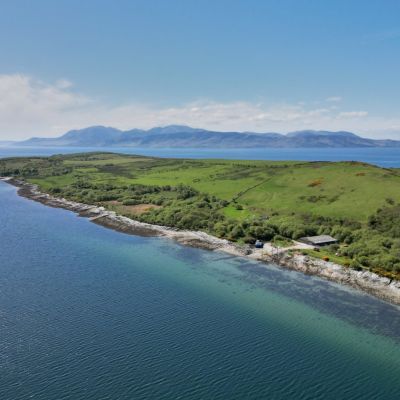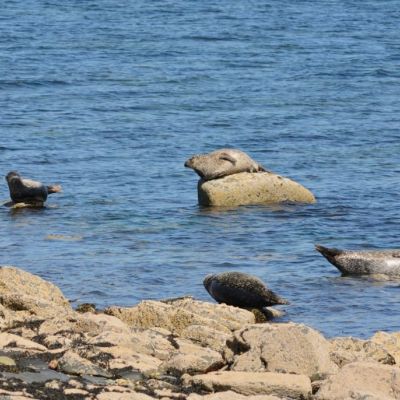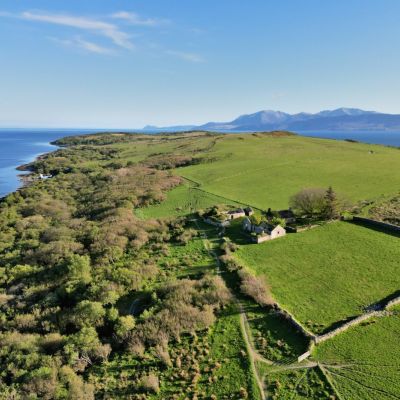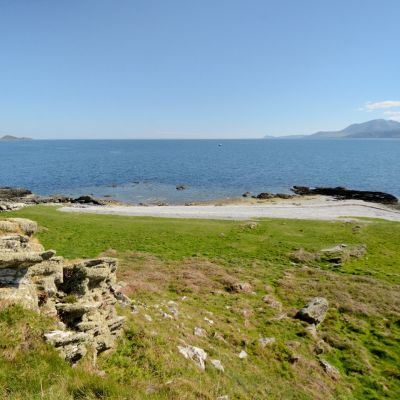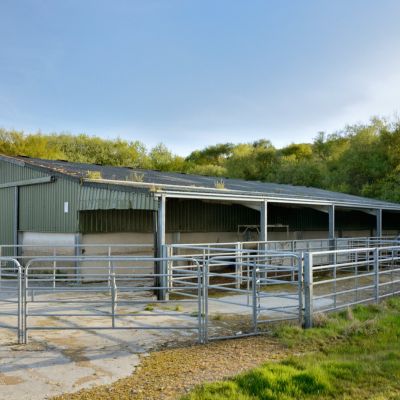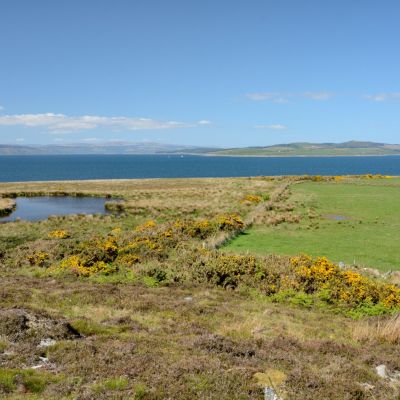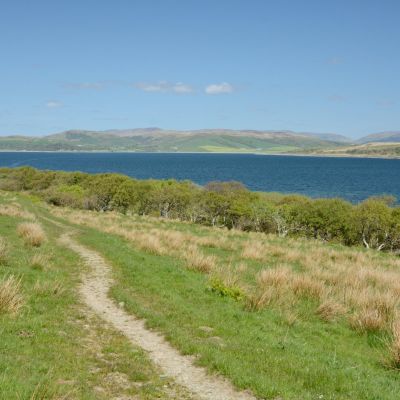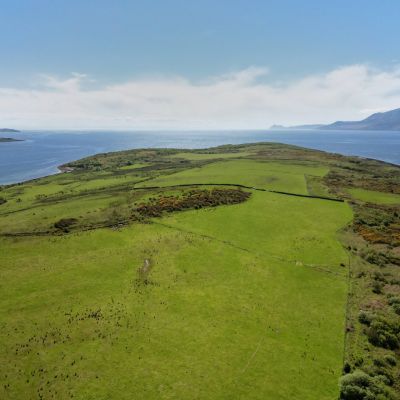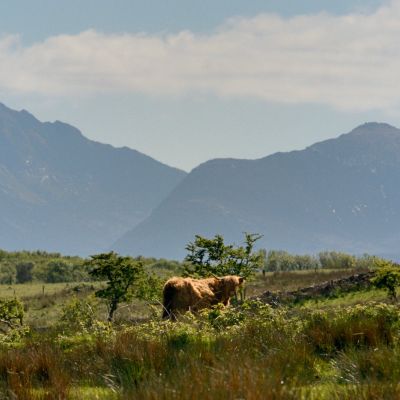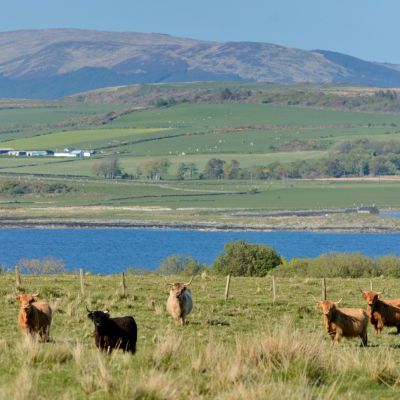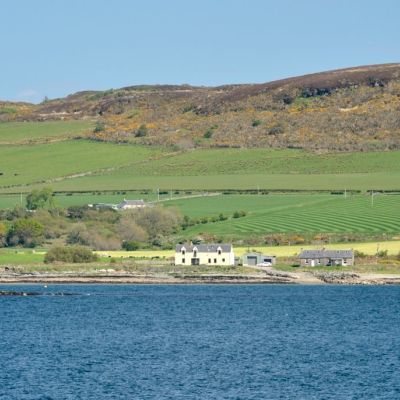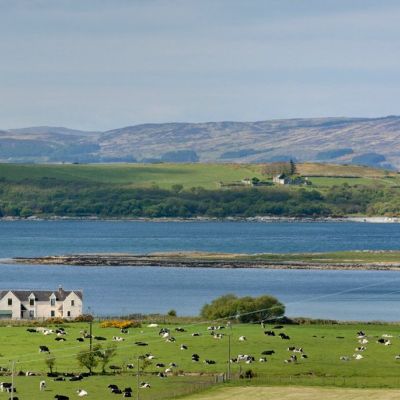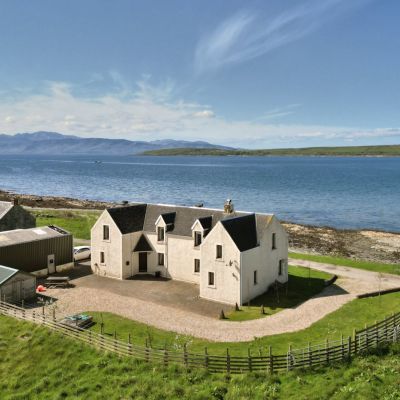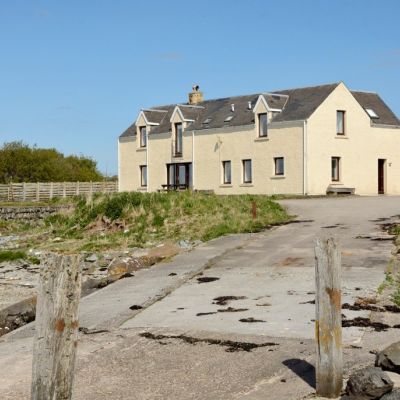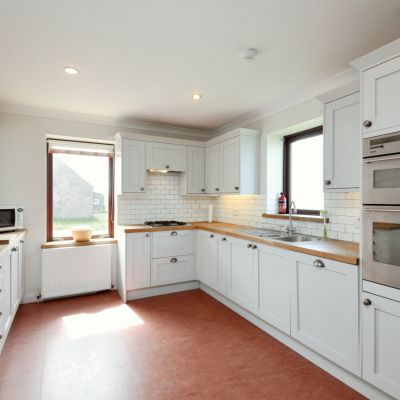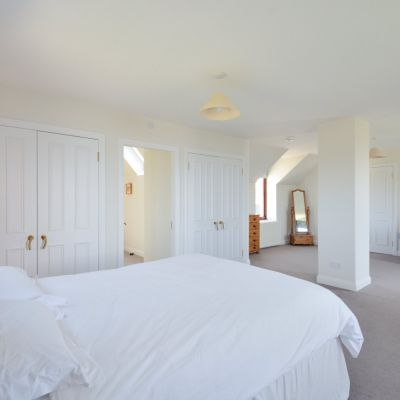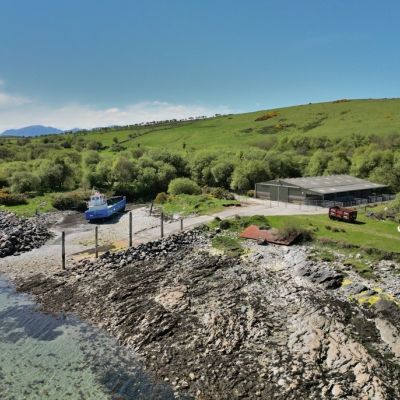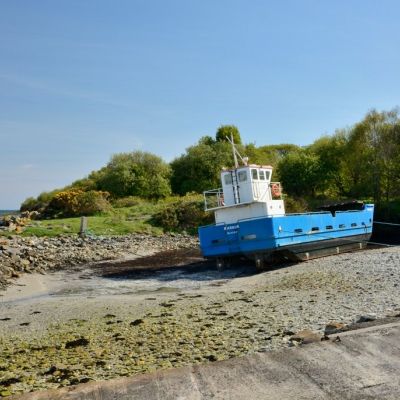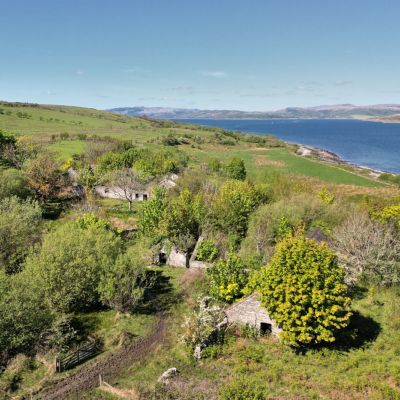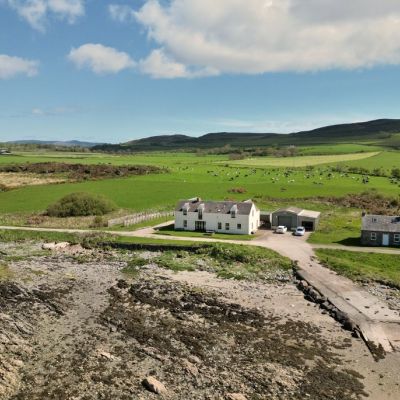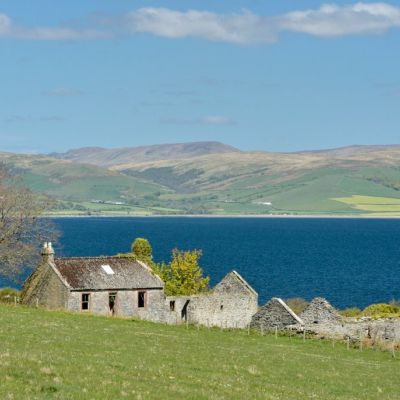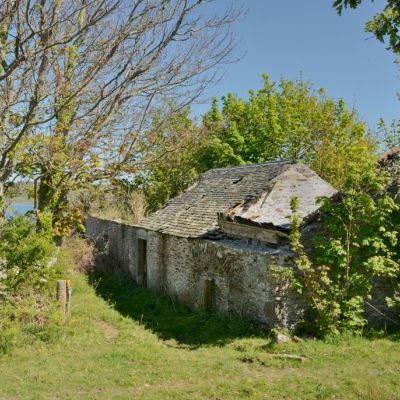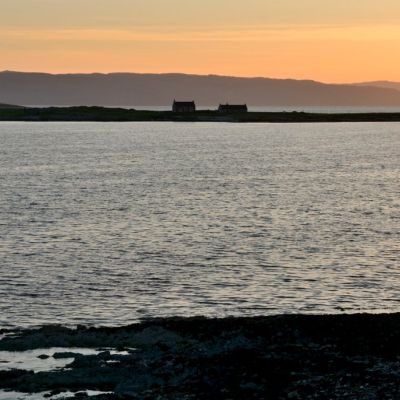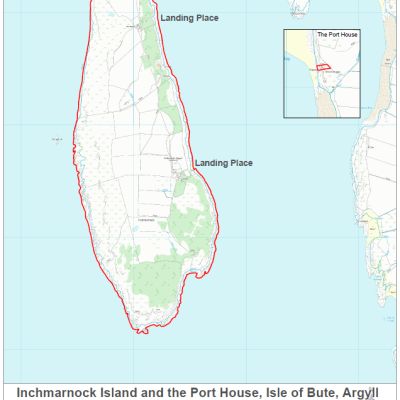Argyll and Bute PA20 0QF Inchmarnock Island, Rothesay, Isle Of Bute
- Offers Over
- £2,000,000
- 4
- 2
- 1
- G Council Band
**CLOSING DATE - WEDNESDAY 29 OCTOBER 2025 AT NOON**
In conjunction with The Port House, Inchmarnock is an exclusive island estate that combines an attractive shorefront house with a 660-acre island including a range of vernacular buildings providing development opportunities, a productive in-hand farm with associated facilities and a wealth of sporting, leisure and recreational opportunities. Its location offers magnificent views in every direction and, whilst peacefully situated, it is under 40 miles and less than two hours’ journey time from Glasgow city centre.
Measuring approximately 2.5 miles in length from north to south, half a mile in width at its widest point and with about 4.75 miles of coastline, the highest point on the island sits 60 metres above sea level.
The individual components of the estate are described as follows:
The Port House Situated overlooking Inchmarnock and originally comprising a pair of semi-detached traditional cottages, the house was converted and extended at the turn of the millennium to form a comfortable holiday home to complement the island.
The accommodation is spacious and allows for modern living, split over two floors. On ground floor there is an open plan kitchen (upgraded in 2021), dining room and sitting room; utility room, WC, and bedroom with an en-suite bathroom. On the first floor there is a principal suite with Juliette balcony and en-suite shower room, two further bedrooms, a box room and a family bathroom. With the majority of services upgraded, fixtures and fittings installed, and interior decoration dating from circa 2000, the house is in good condition throughout and has been well maintained throughout the period since including some redecoration in 2019. The property is now maintained for use by the vendor’s family and friends; however, it was previous utilised commercially as a holiday let.
The layout and dimensions of the accommodation are as shown on the floor plans.
Externally it is harled and painted white, under a slate roof. To the rear of the house there is an outdoor paved area for dining, and a small lawn. There is also parking for several cars.
Beside the house and overlooking the concrete slipway (constructed by the previous owner during the renovation of The Port House to improve access to Inchmarnock), is a garage/boat shed/ workshop of steel frame construction, with concrete floor, concrete panel walls and box profile cladding.
Included within the ownership, to the east, is an area of pasture currently used as a paddock, convenient for holding cattle when they are being transported from Inchmarnock for sale.
Planning Permission In 2023 the vendors prepared to submit a planning application for a replacement off grid and sustainable dwelling on the site of The Port House. Although a planning application was not submitted, a majority of the preparatory work was completed. More information regarding the proposals for The Port House are available from the selling agents.
Land and woodland Extending to approximately 662 acres in total, the land included at Inchmarnock Island and The Port House includes about 102 acres of grass leys, 66 acres of permanent pasture and 368 acres of rough grazing, including native woodlands.
The soil composition at the north end of the island consists of mineral gleys and is therefore compact. The south comprises brown soil with both soil types being derived from slate.
The northern topography is characterised by ridged lowlands with gentle and strong slopes of a generally rocky nature. To the south, the land is more precipitous with a greater extent of woodland.
The agricultural land is classified by the James Hutton Institute as grade 4.2, which is capable of growing a narrow range of crops. It is most suited to growing grass with short arable breaks.
Aided by the Gulf Stream, the mild climate has enabled the best land to grow barley and even potatoes in recent years. At present, it is all sown in grass. With extensive investment in the infrastructure during the last 20 years, all of the field compartments are stock proofed and the galvanised gates are free swinging. The fields are accessible from a network of vehicular tracks. A particular feature of Inchmarnock is its many metres of drystone dykes which date from the 18th century. Unusually high in places to provide protection from the prevailing wind, the previous owner undertook an extensive programme of repair and maintenance of these dykes and they are impressive.
There are no crops of commercial woodland on the island nor specifically established shelterbelts although there are some ancient hawthorn hedges. The southern third of the island, together with its eastern and western fringes, is clothed by naturally established woodland dominated by native species including birch, alder, rowan, hazel and oak. This is visually attractive, provides extensive habitat for a range of birds, mammals and assorted flora and is also of benefit to the cattle by providing shelter.
Farming system An in-hand and self-sustaining farming business is operated by the owner and managed by a selfemployed stockman/farm manager who lives locally on Bute.
The farm consists of a fold of Highland cattle. Currently in year three of an organic conversion scheme, stock numbers equate to around 60 cows and 2 bulls. Cattle are outwintered and the cows calve in the spring months. Young stock is sold privately for finishing at around 10 months old.
Cattle are naturally fed water from two lochans, one at Northpark and the other at Southpark. Shelter from the elements is provided within the extensive birch and hazel woodswhich fringe the island.
Livestock and machinery are transported between Inchmarnock and Bute by a ferry, The Marnock, which is docked on the island. The Marnock was specifically commissioned by the previous owner circa 25 years ago and was built by local firm Ardmaleish Boatbuilding Co Ltd, with the help of experienced naval architects. The ferry can carry a load of up to 26 tonnes and was refurbished by the current owners in 2021/22 for commercial use. It forms part of the inventory of vehicles, machinery and equipment which are available to a purchaser at a separate and additional sum.
Farm building A general purpose shed utilised by the farming business is located on the eastern shore adjacent to the slipway and small harbour where the ‘Marnock’ is docked.
Built in the early 2000s, the shed measures approximately 30m x 55m, with an adjoining 10m x 55m lean-to, housing a well-equipped cattle handling system, complete with crush and five holding pens.
The six-bay steel portal frame shed consists of a concrete floor, concrete panel walls, box profile cladding and a fibre cement roof. Electricity is sourced from a 37kvA diesel generator which is housed in a separate building to the rear of the shed. There is also a private gravity fed water supply.
Beside the shed is an area of hard standing used for storage of baled silage.
Redundant houses and buildings There are three ranges of redundant buildings on the island. Named Northpark, Midpark and Southpark, they include two attractively positioned farmhouses and three ranges of traditional farm steadings.
Situated, as its name suggests, towards the northern end of the island, Northpark comprises a twostorey former farmhouse (vacated in 1986) and several small stone buildings. With an easterly outlook, this site has significant potential as a new principal dwelling and associated buildings in the event of the new owner wishing to develop residential accommodation on the island. There are no existing planning consents nor has the vendor made any applications in this regard.
With the appropriate planning consent and the input of an architect, there is considerable scope for the development of this site which is both elevated with excellent views but in the lea of the prevailing wind.
Close to Northpark, a potential borehole site was identified following a divining survey instructed by the previous owner.
The dwellings and buildings at Midpark and Southpark directly adjoin each other as effectively one range/site and are also situated on the eastern side of the island, about half a mile south of the slipway.
With a more extensive footprint of redundant buildings but a lower lying setting, there is similar potential for residential development of this site – either as a principal dwelling serving the island or as supplementary accommodation.
With regard to the potential development of these sites and any others that may exist on the island, interested parties are advised to consult both the currently adopted Argyll & Bute Local Development Plan and to engage with the duty planning officer at Argyll & Bute Council.
Sportings, amenity and wildlife Whilst the current owner’s interests lie in farming, natural heritage and the cultural history of the island, there is significant potential for a future owner to develop traditional field sports.
The island attracts both migratory woodcock and wild geese during the winter months whilst the combination of topography, existing woodland, scrub vegetation and farmland with potential for game crop establishment offers clear potential to establish driven pheasant and partridge shooting. There are two existing ponds plus potential to create further ponds which can be fed to attract wild duck.
This property has 662 acres of land.
Situation
Inchmarnock occupies an extremely attractive setting in the Firth of Clyde, about a mile off the west coast of the Island of Bute. It overlooks not only the island and ‘Kyles of Bute’ but also enjoys views to the southern Cowal Peninsula, Knapdale and the northern part of the Kintyre Peninsula, ‘Goatfell’ and the mountains of Arran, and, on a clear day, the coast of Ayrshire.
Access to the island from Bute is by boat. A concrete slipway from the west coast of Bute, overlooked by The Port House, provides the ability to launch a boat from Bute to a choice of three landing places on Inchmarnock. The main one of these is located by the farm building directly opposite The Port House. In addition, there is a mooring off the east of the island not far from there.
Although peacefully situated and apparently remote, The Port House can be reached by road from Rothesay, the main town serving Bute, in about 10 minutes and Glasgow in under two hours by car.
The Port House is situated towards the end of a private track which is accessed from a minor public road, less than a mile from the small settlement of Straad, 4 miles from Rothesay.
Situated on the island’s east coast, Rothesay is a Victorian seaside town which was historically a popular holiday resort. It is reached by ferry from Wemyss Bay, which takes approximately 35 minutes, with onward links to Glasgow provided by rail. Rothesay has a range of shops, a supermarket, restaurants and bars, three primary schools, a secondary school and a small hospital.
The closest airport with scheduled domestic and international flights is at Glasgow International Airport (36 miles) which, from Wemyss Bay, can be reached in around forty minutes under off-peak traffic conditions.
With its many islands, peninsulas and sea lochs, Argyll has thousands of miles of coastline and, as such, the sea is a feature of the working life and leisure time of its inhabitants.
The quality of sailing off the Argyll coast and Inner Hebrides is world renowned. Within close range of Inchmarnock, there are marinas at Rothesay, Port Bannatyne, Dunoon and Inverkip.
Arran is a beautiful island and a popular destination. The ferry port of Lochranza (with frequent sailings to Skipness on the northern Kintyre Peninsula) is about 5 miles from Inchmarnock and easily accessible in the estate RIB. There is a wealth of recreational, cultural and historic activities and interests on Arran with its accessibility from Inchmarnock being a particular attraction.
In terms of land-based activities, the most successful sporting club on the Isle of Bute is the Shinty Club. There is an amateur football club, a cricket club and three golf courses; an 18-hole, 9-hole and unusually a 13-hole course. Further afield there are internationally renowned golf courses at Loch Lomond, Royal Troon, Trump Turnberry and Prestwick.
Directions
From Glasgow, take the M8/A8/A78 west for approximately 33 miles to Weymss Bay ferry terminal. The ferry crossing from Wemyss Bay to Rothesay on Isle of Bute takes approximately 35 minutes. From Rothesay head west on the B878/ A844 toward the village of Straad. After 3 miles, where the road turns 90 degrees right, go straight onto a minor public road. You will reach the small settlement of Straad. Take the track marked as a dead end; The Port House is the first house you come to on the left
Read more- Map & Street View

